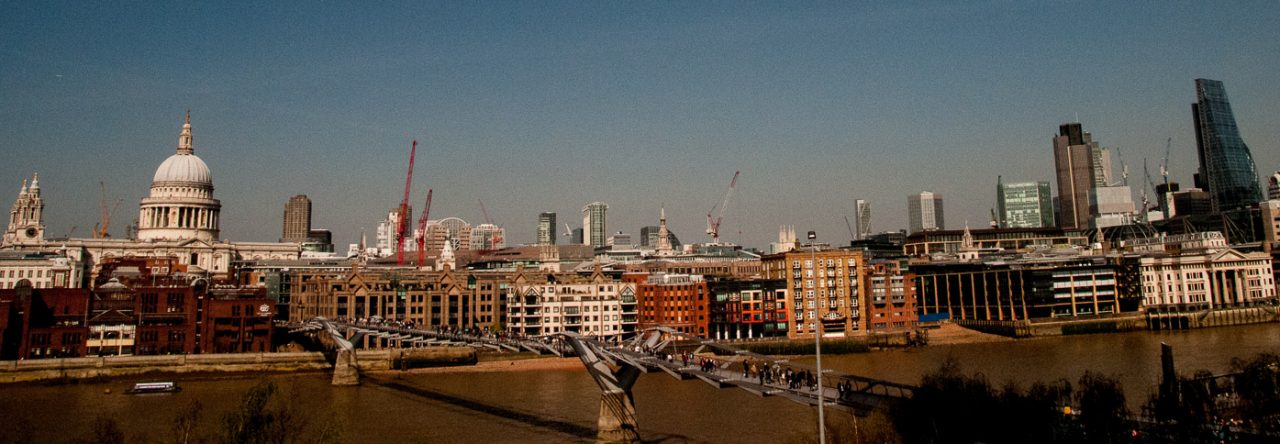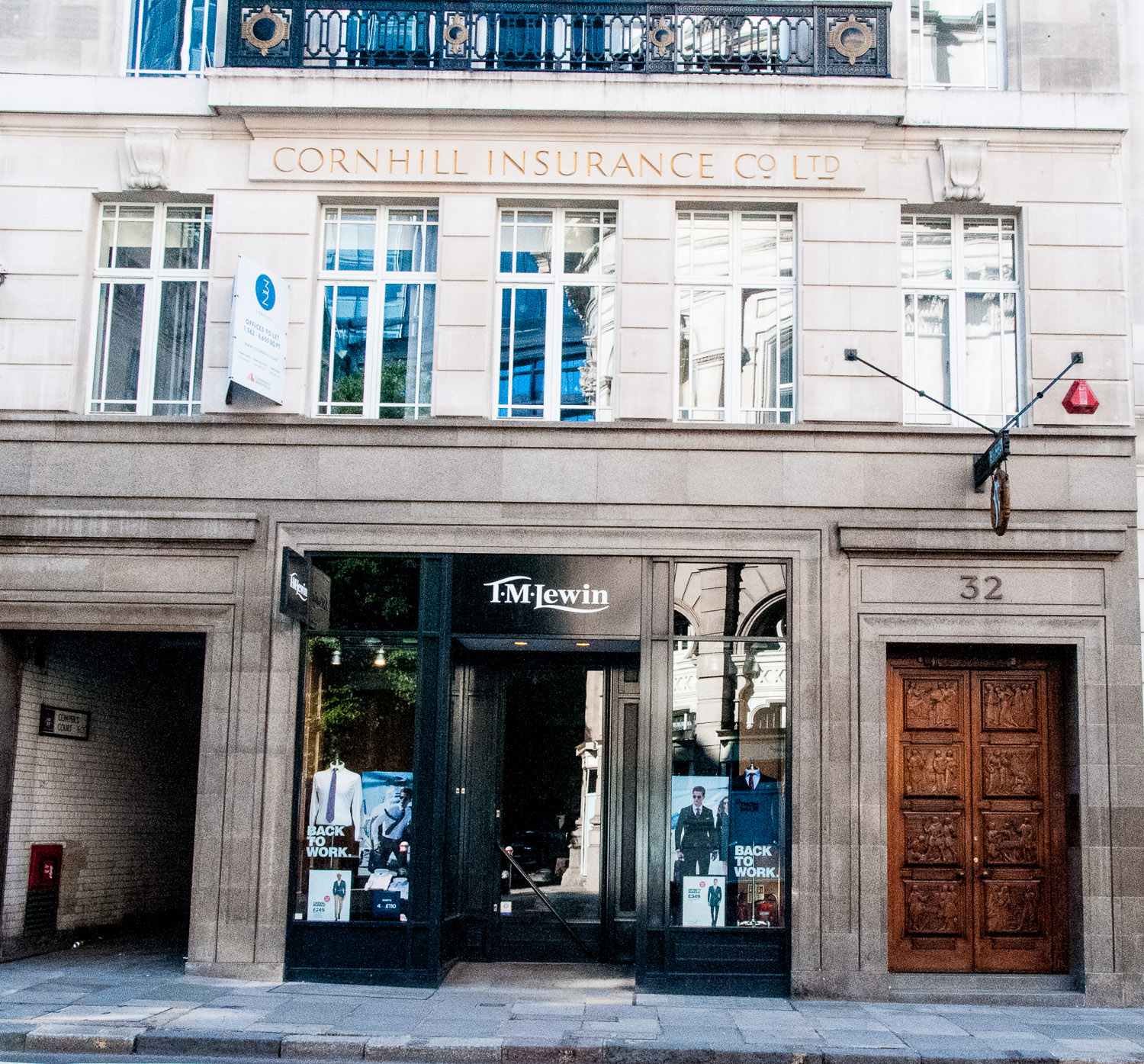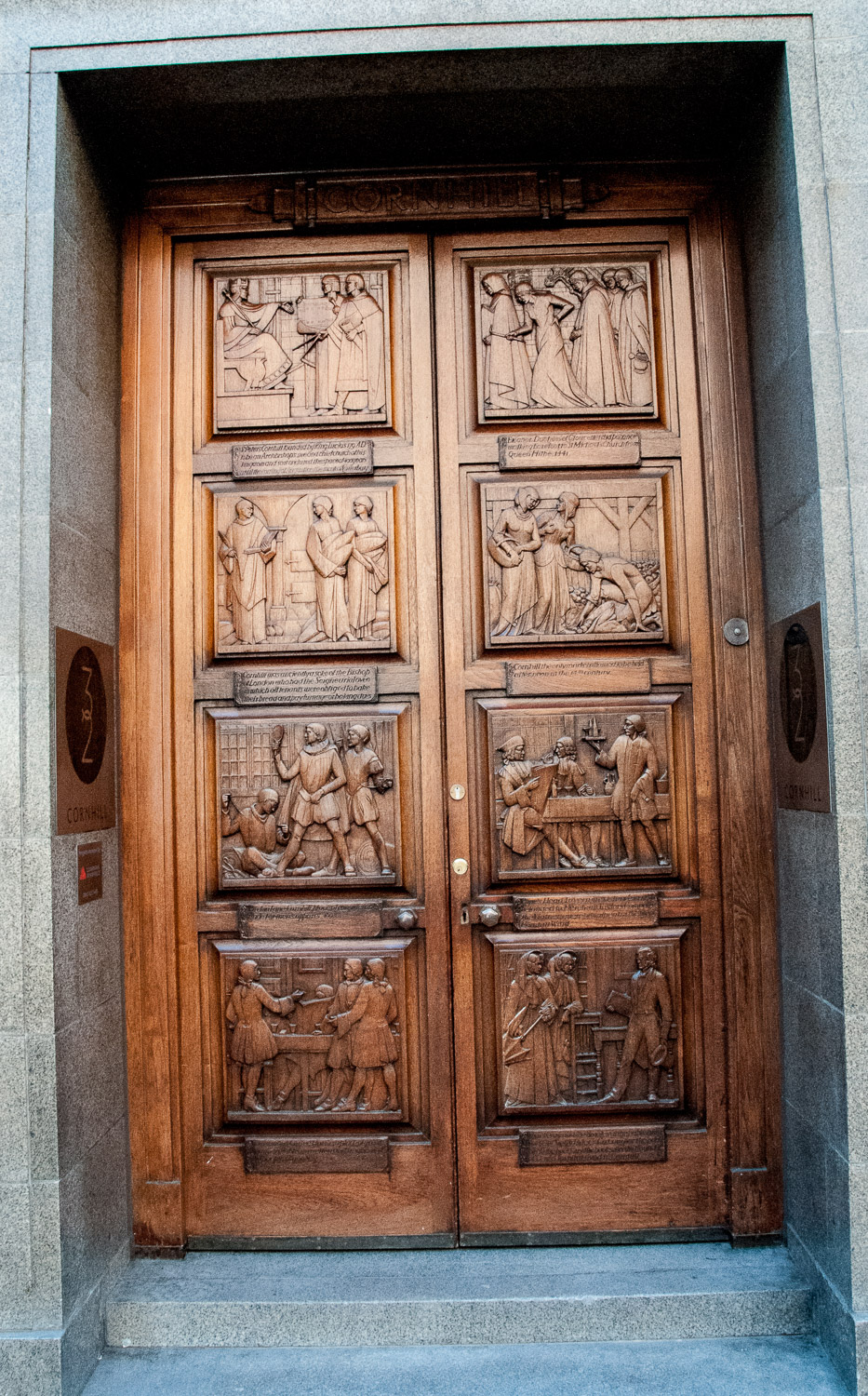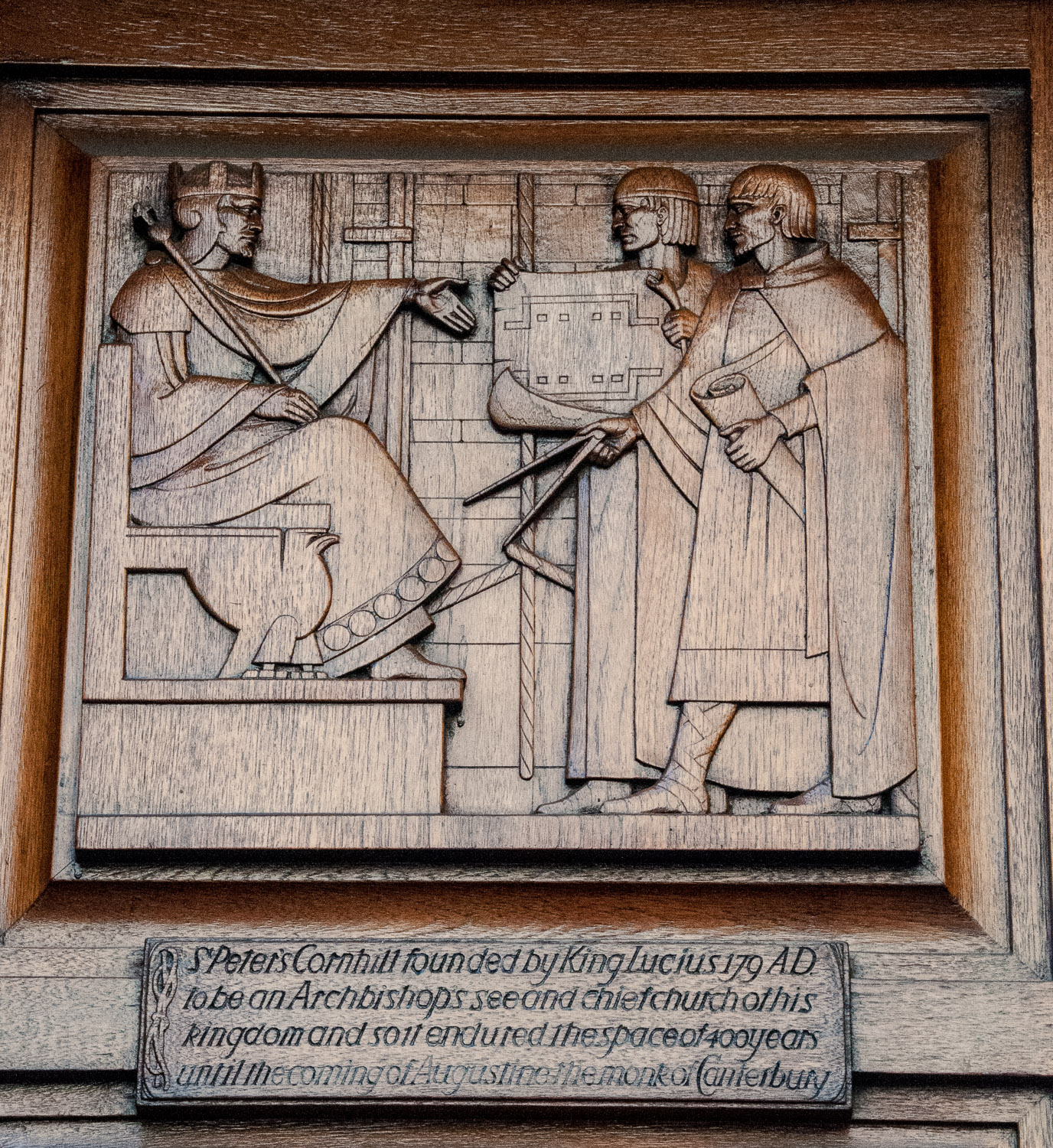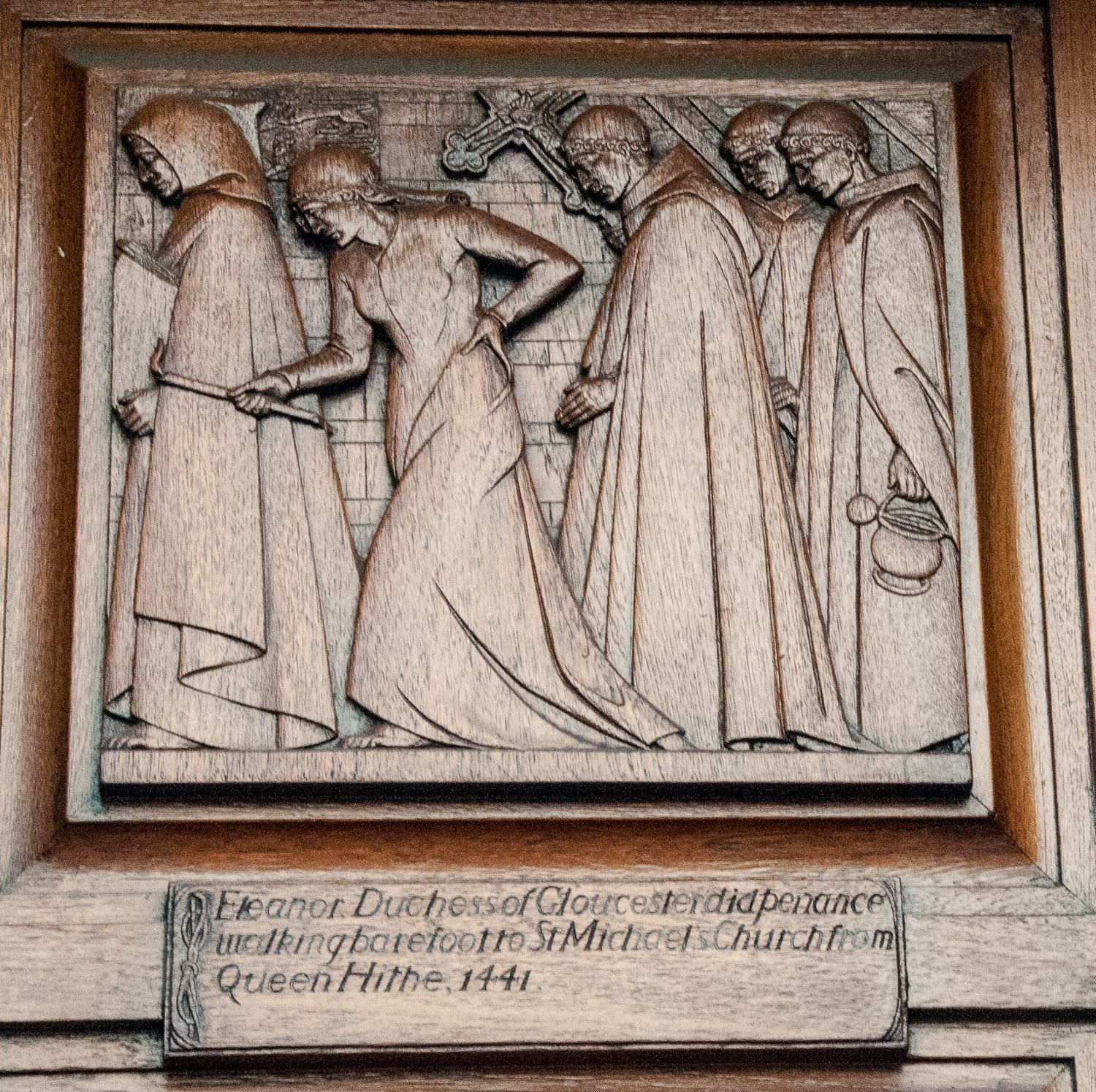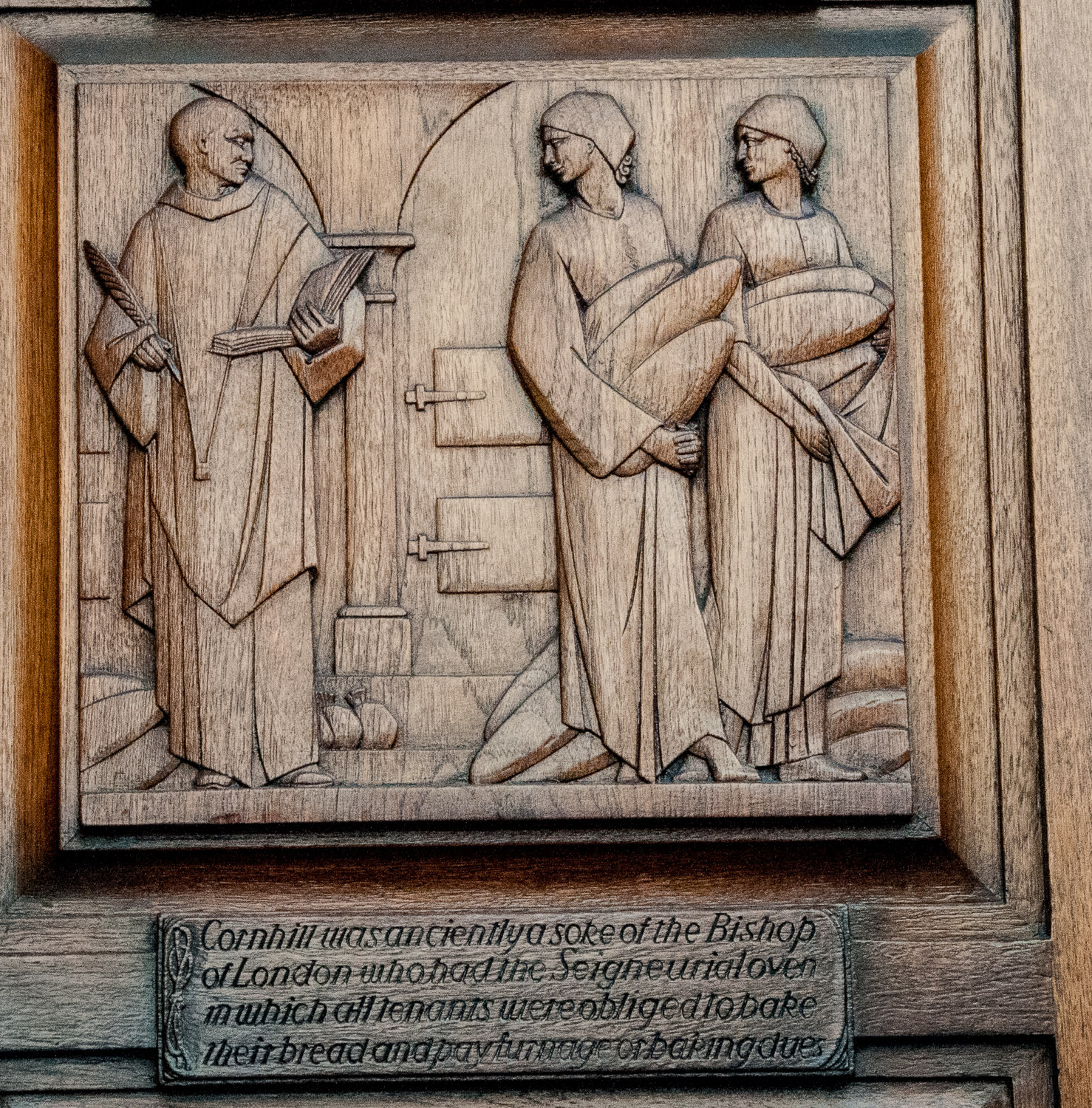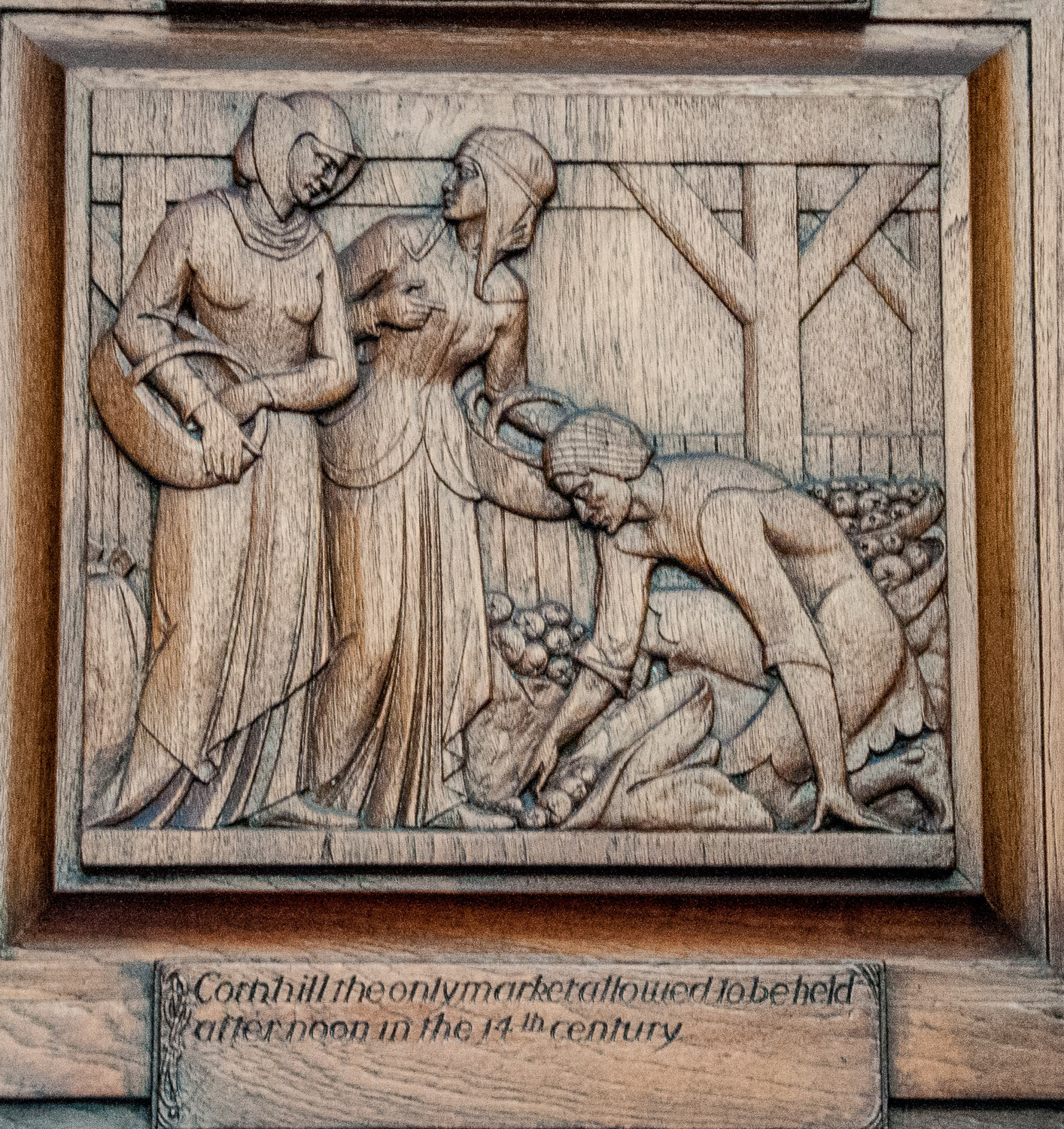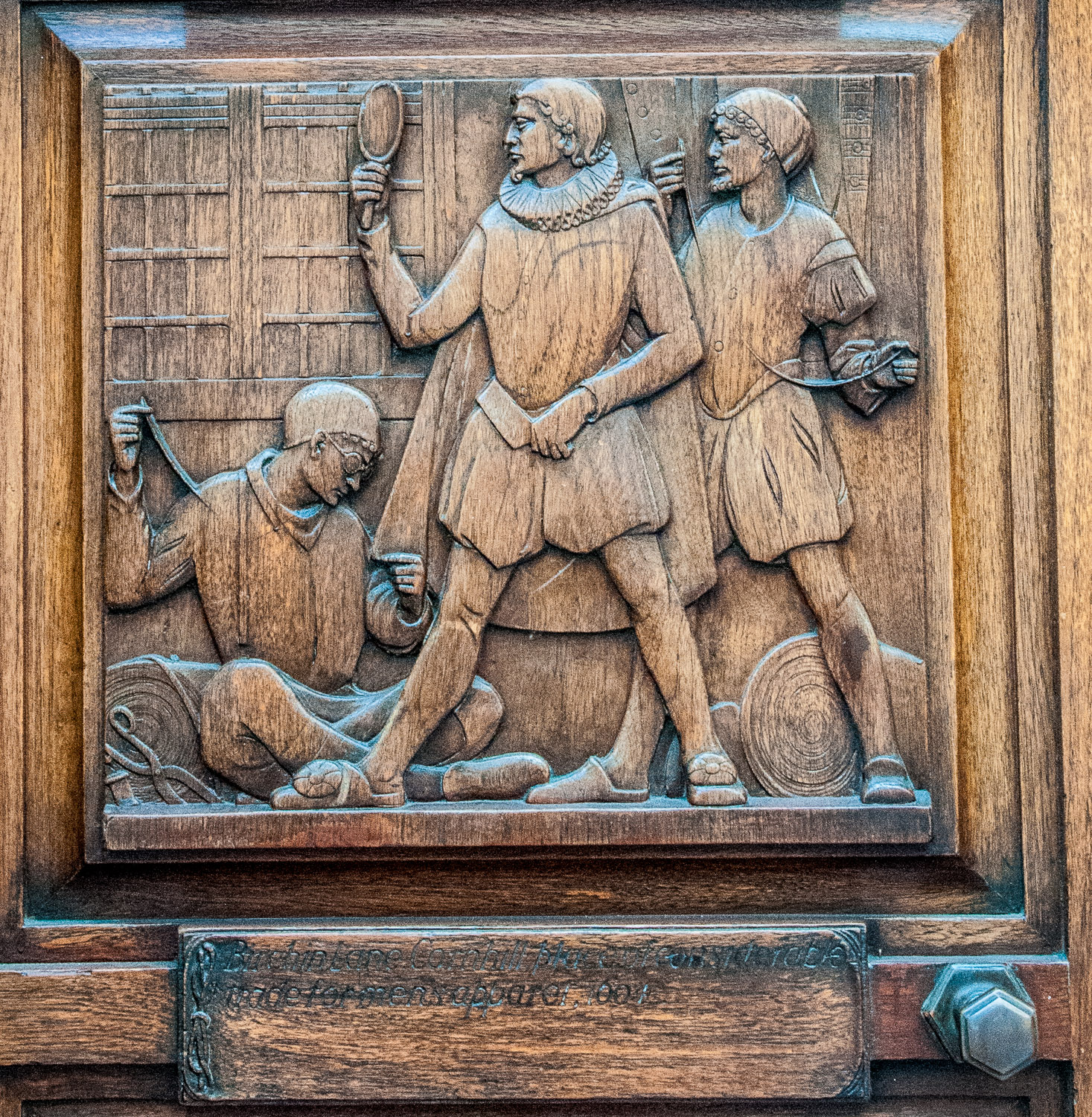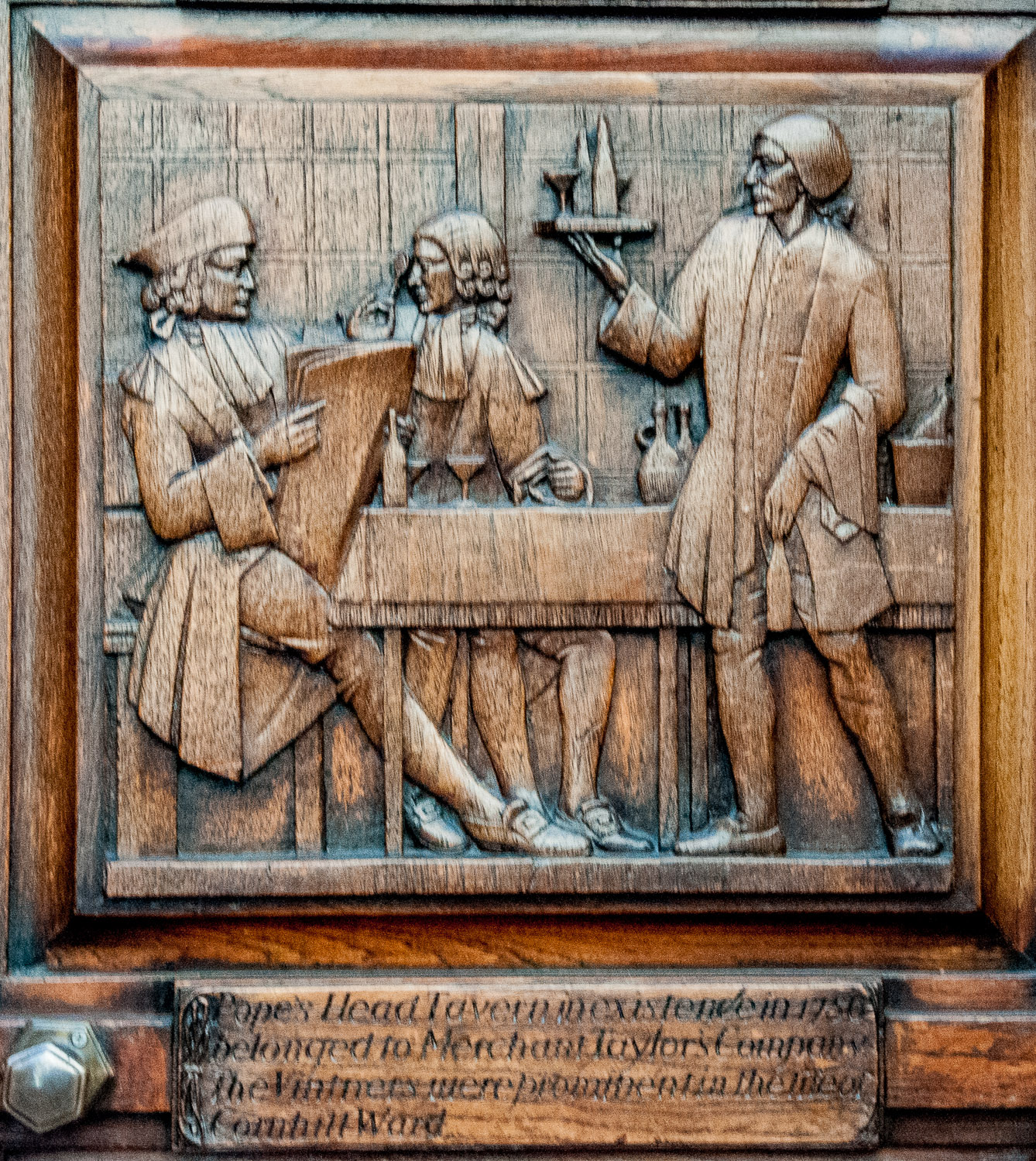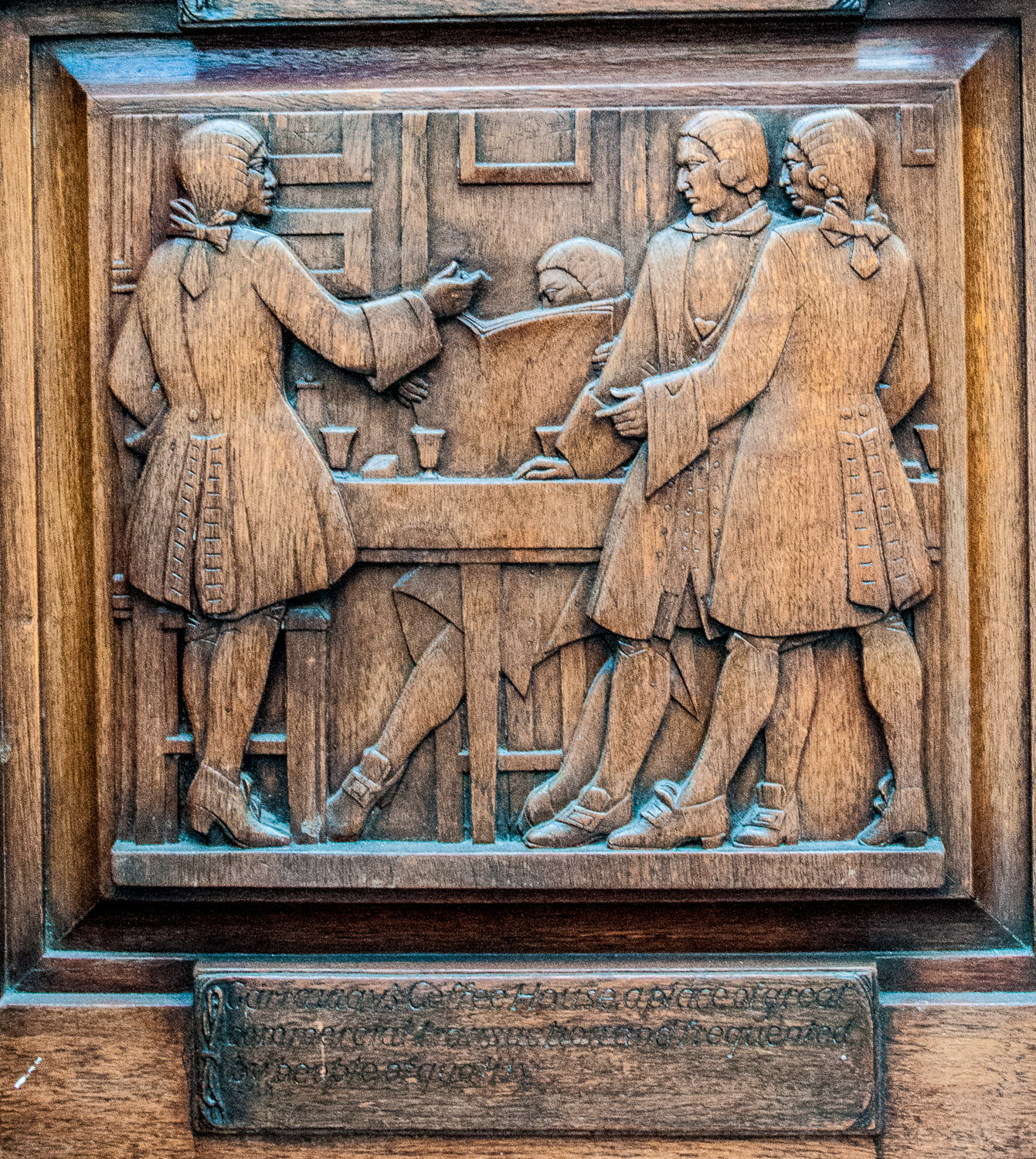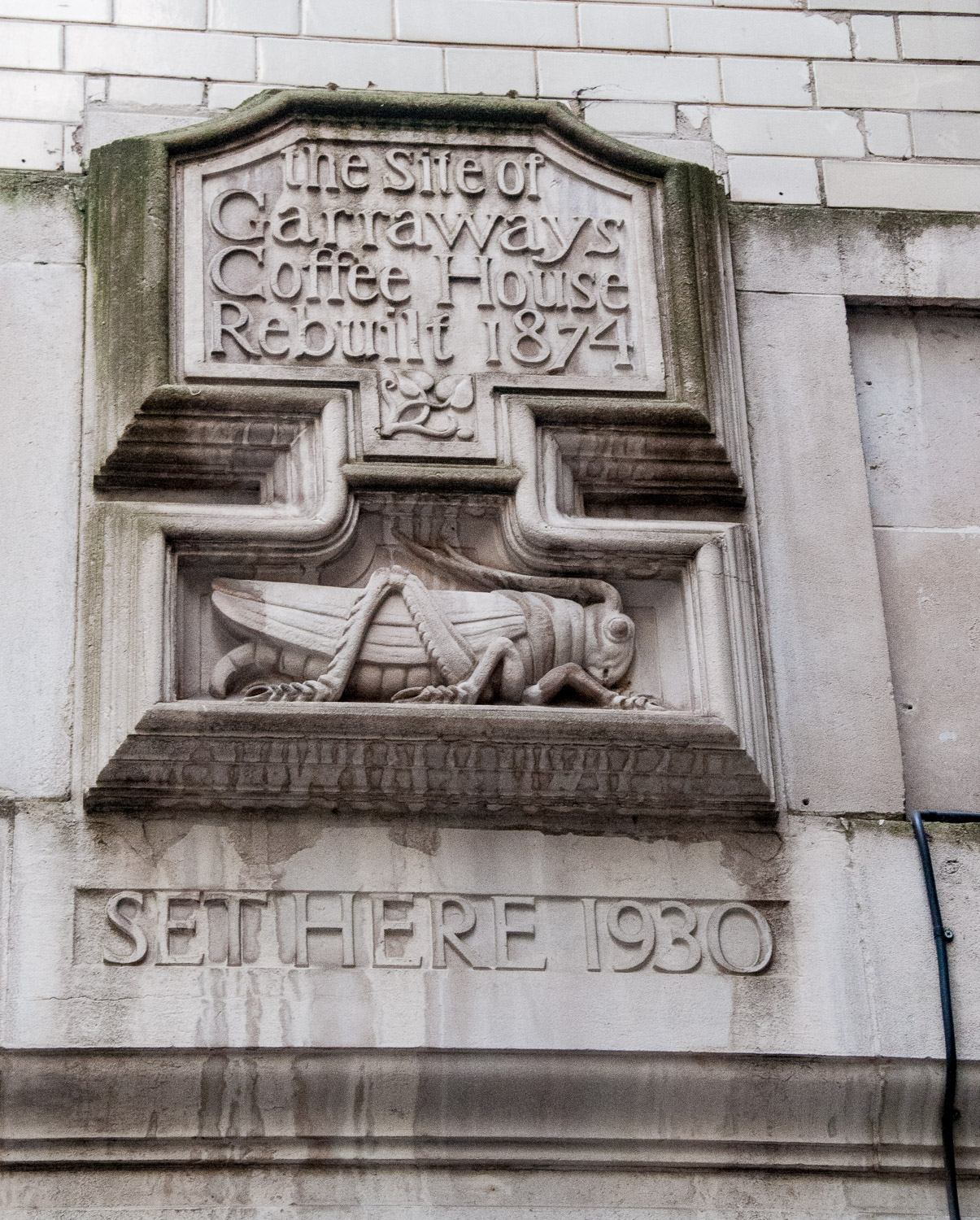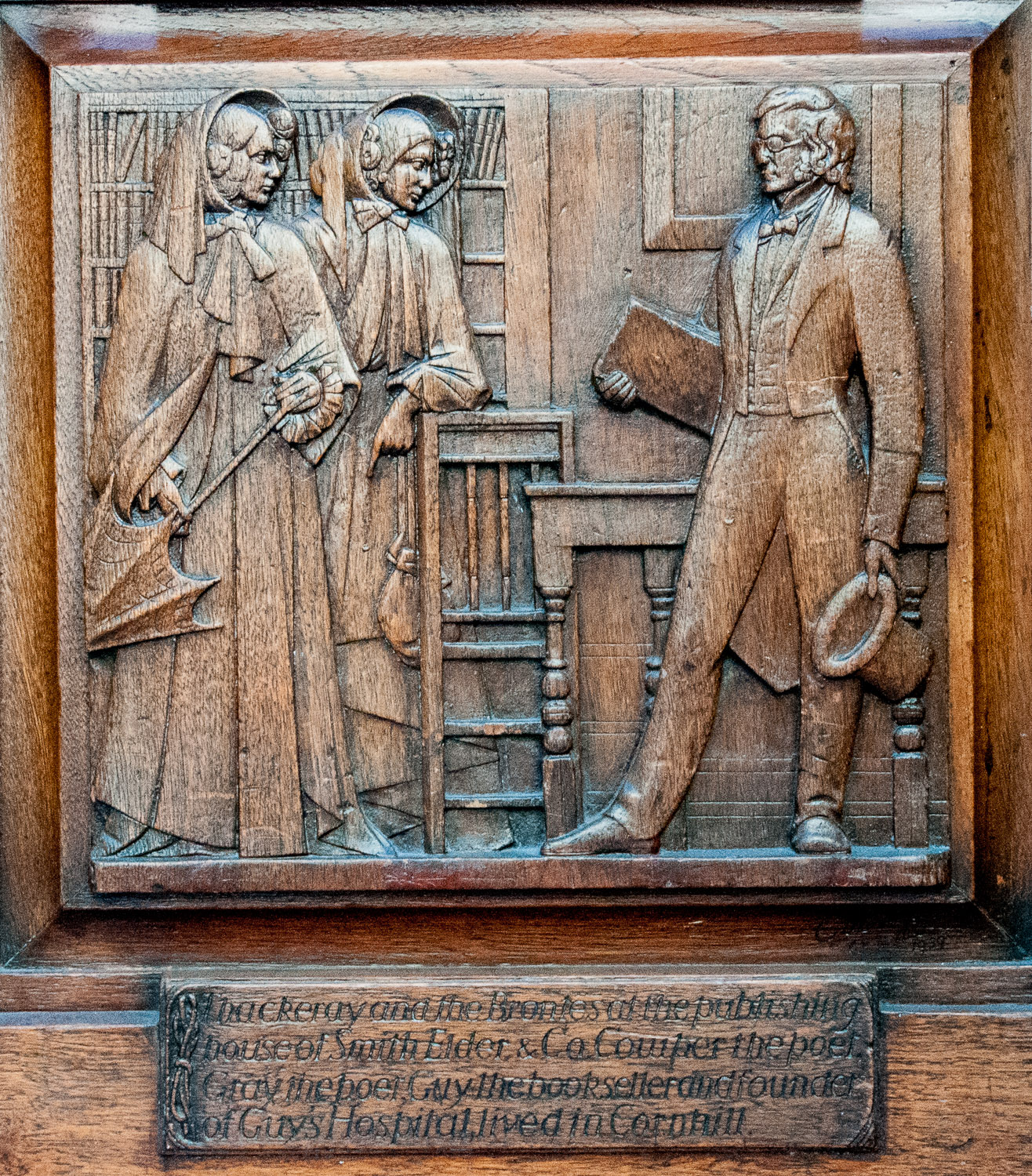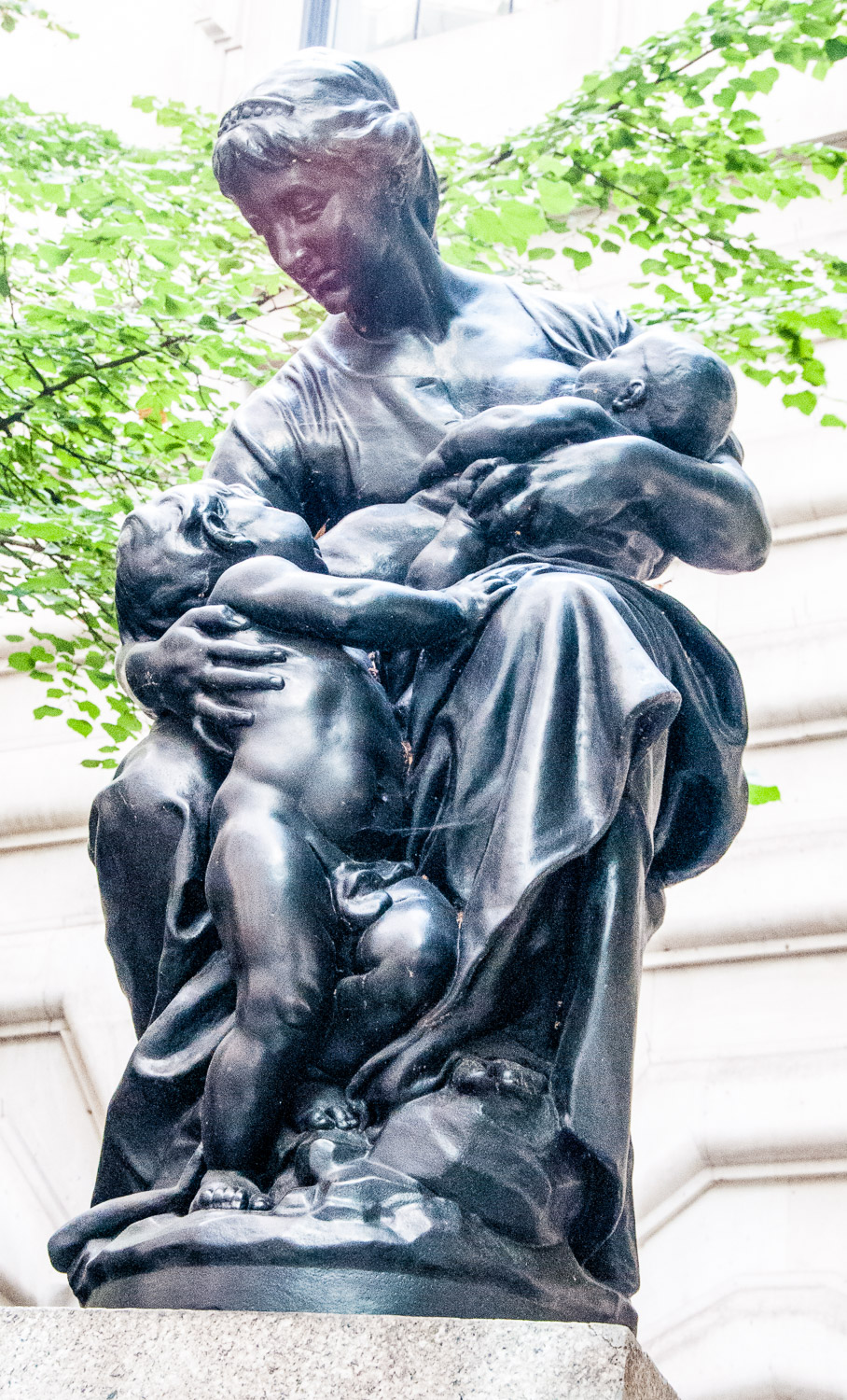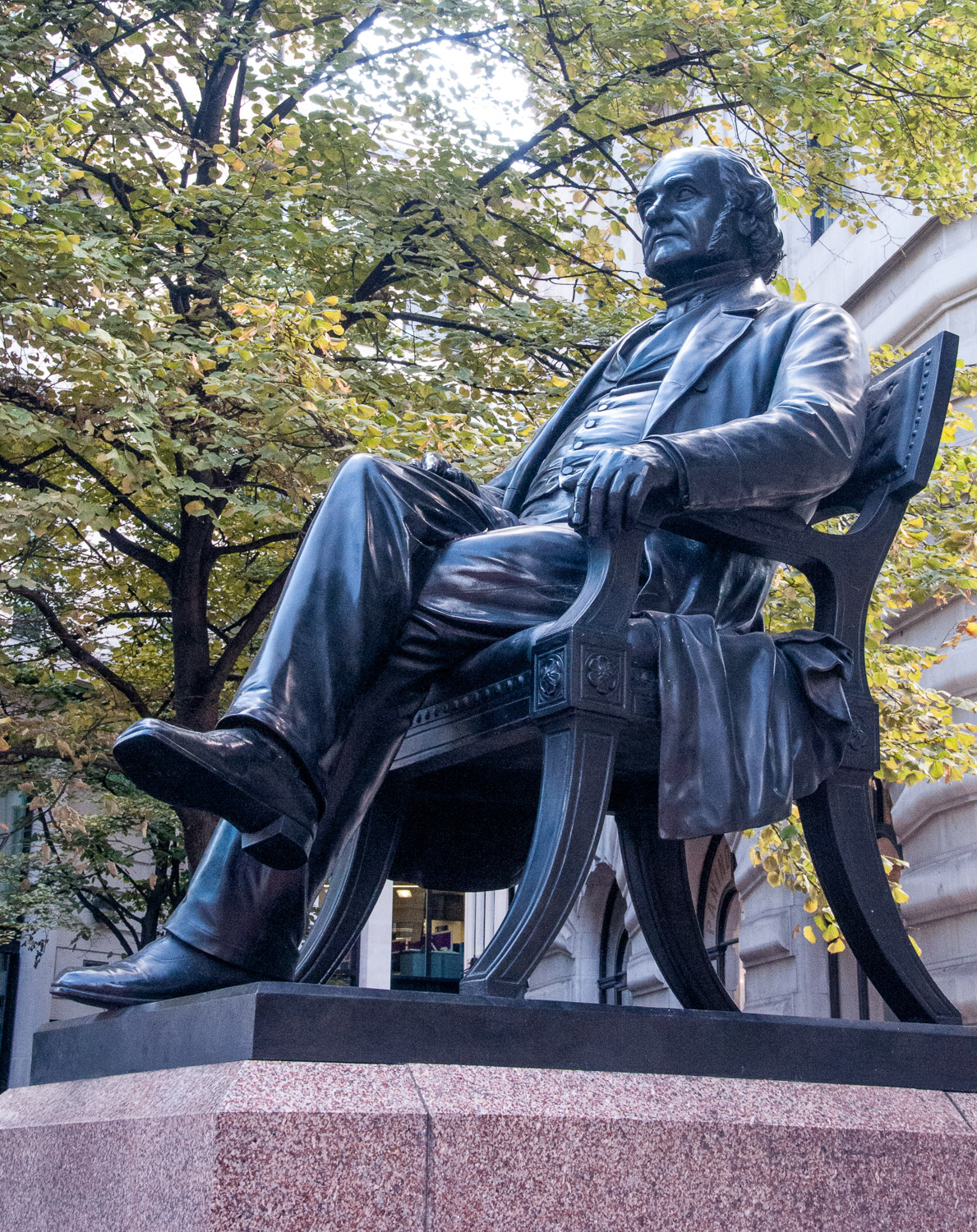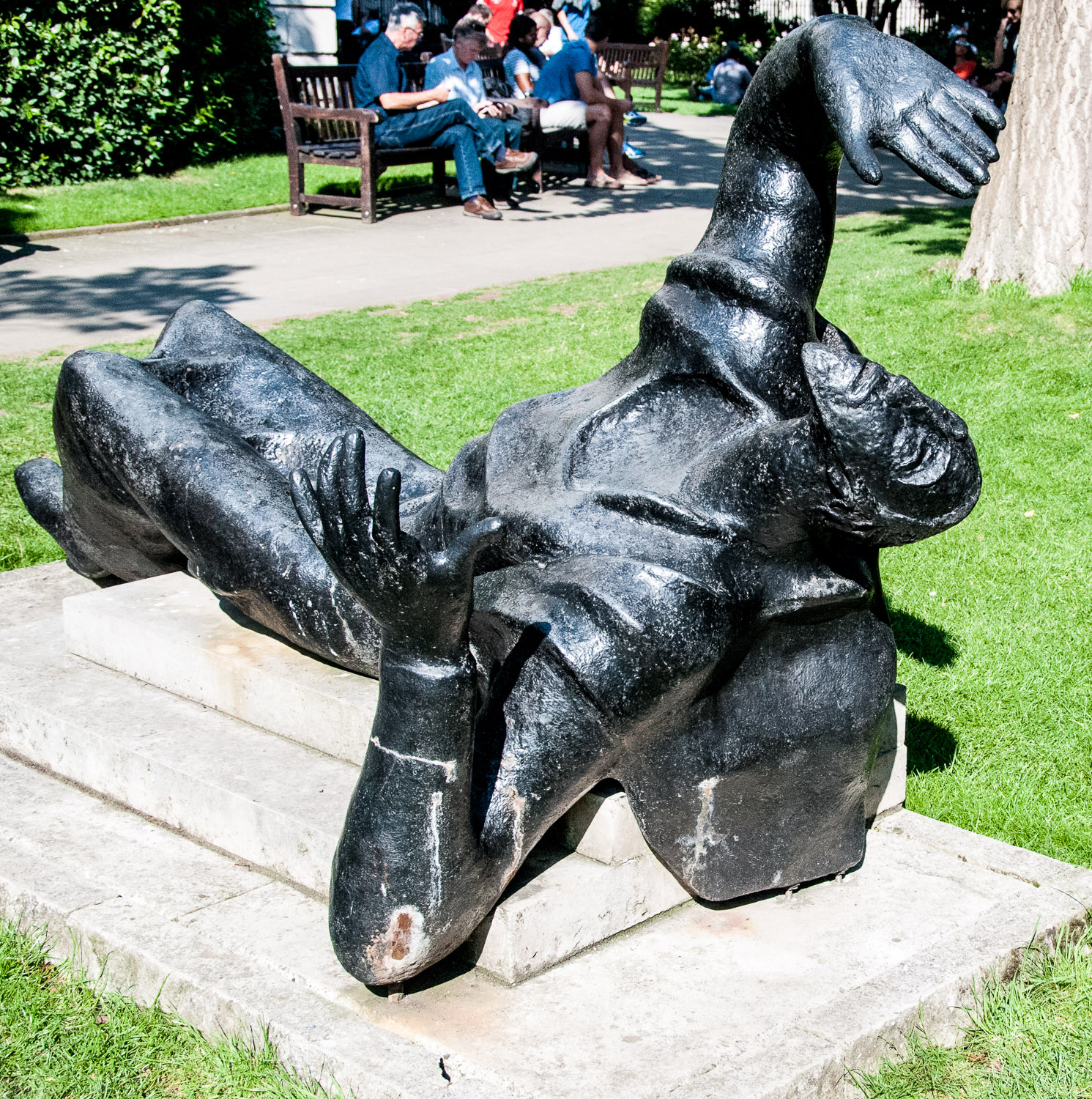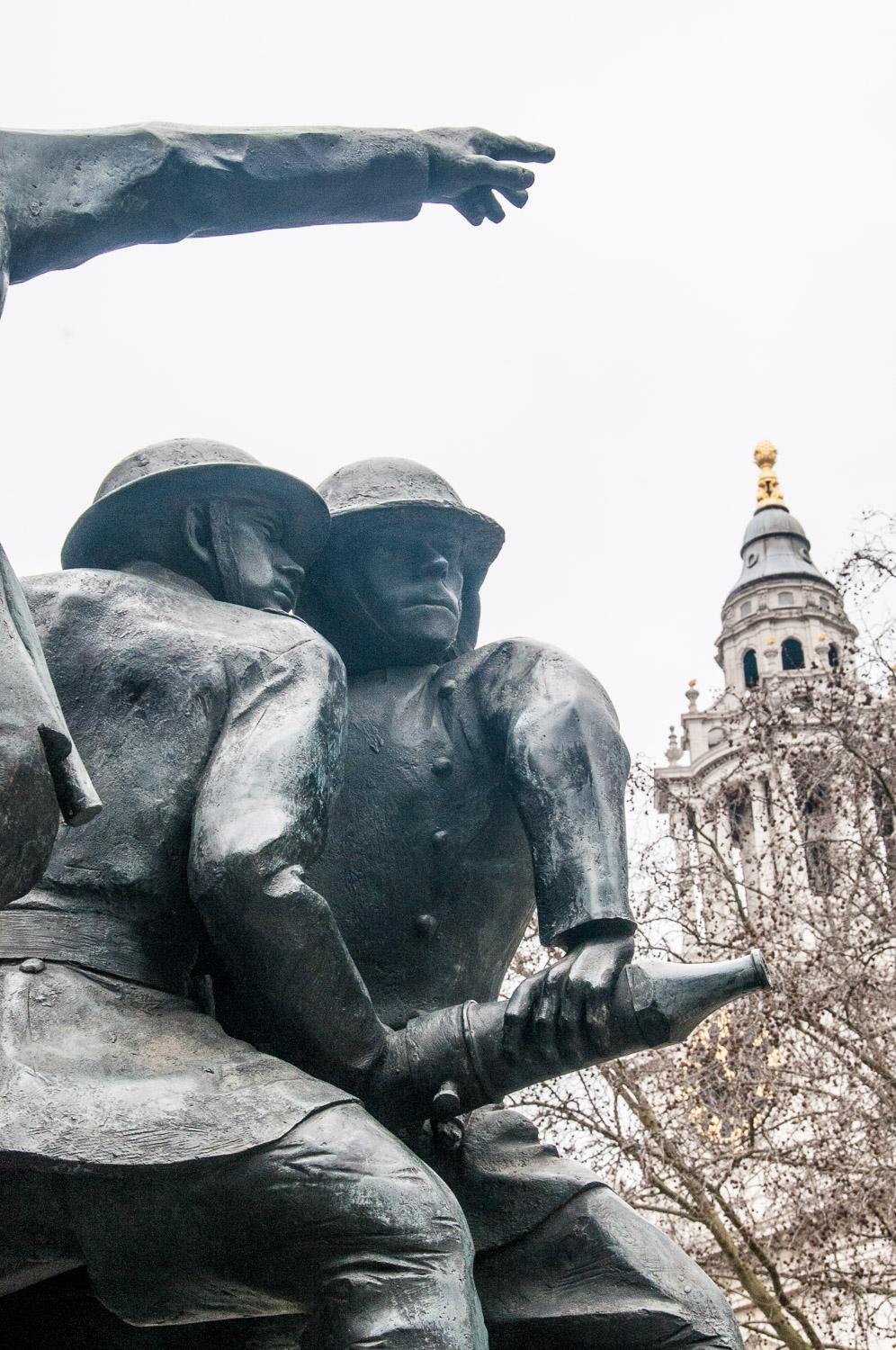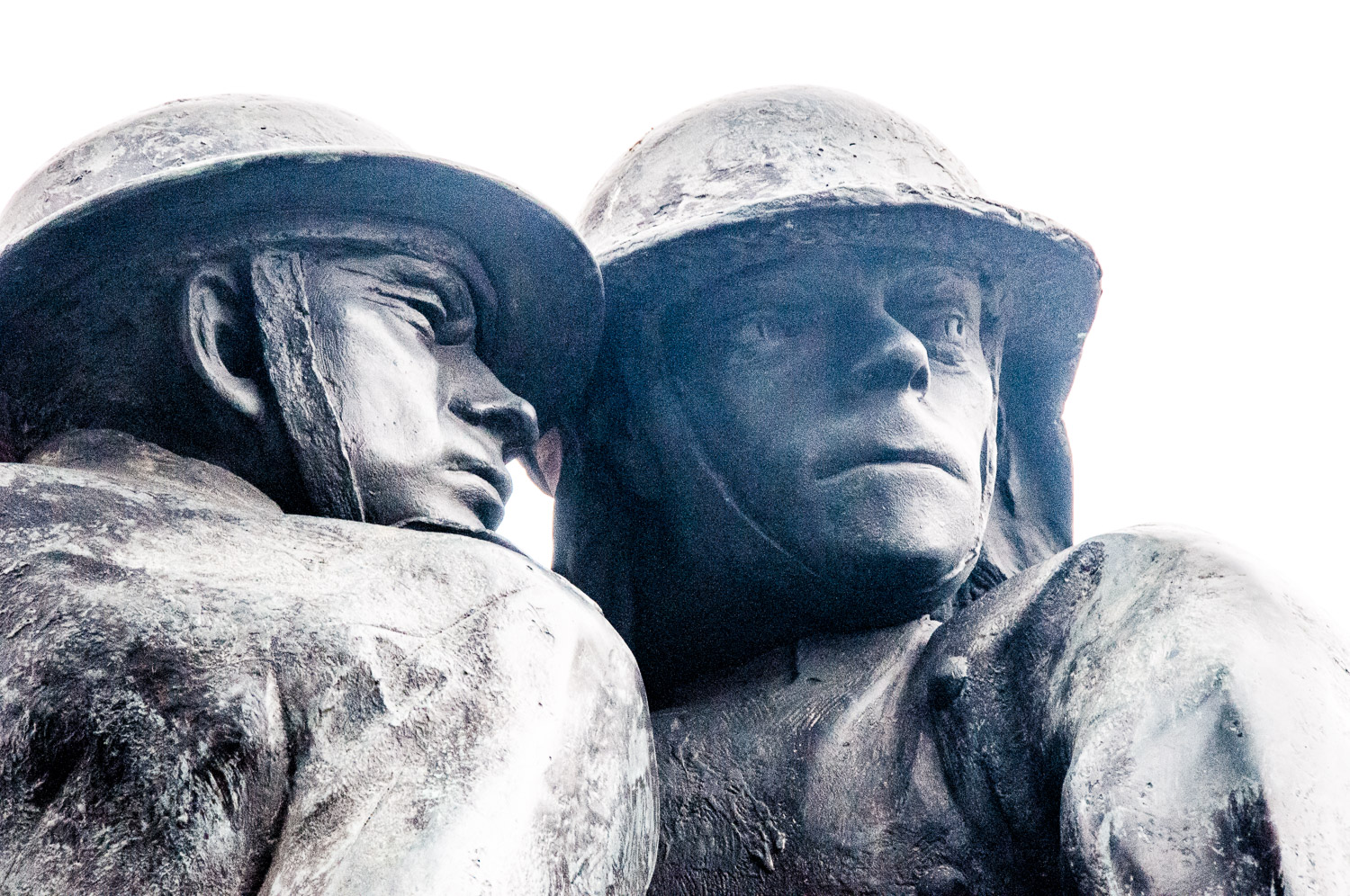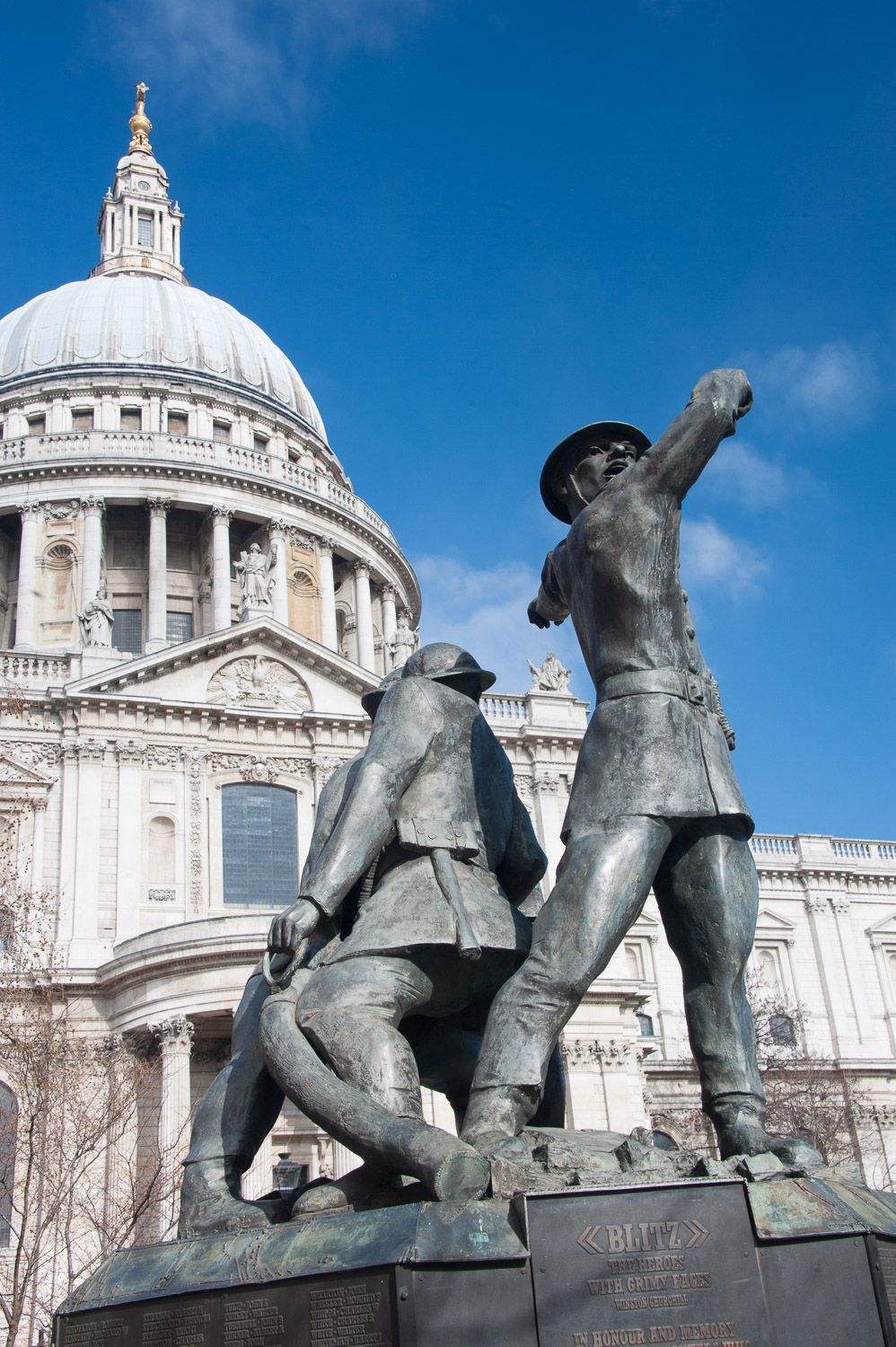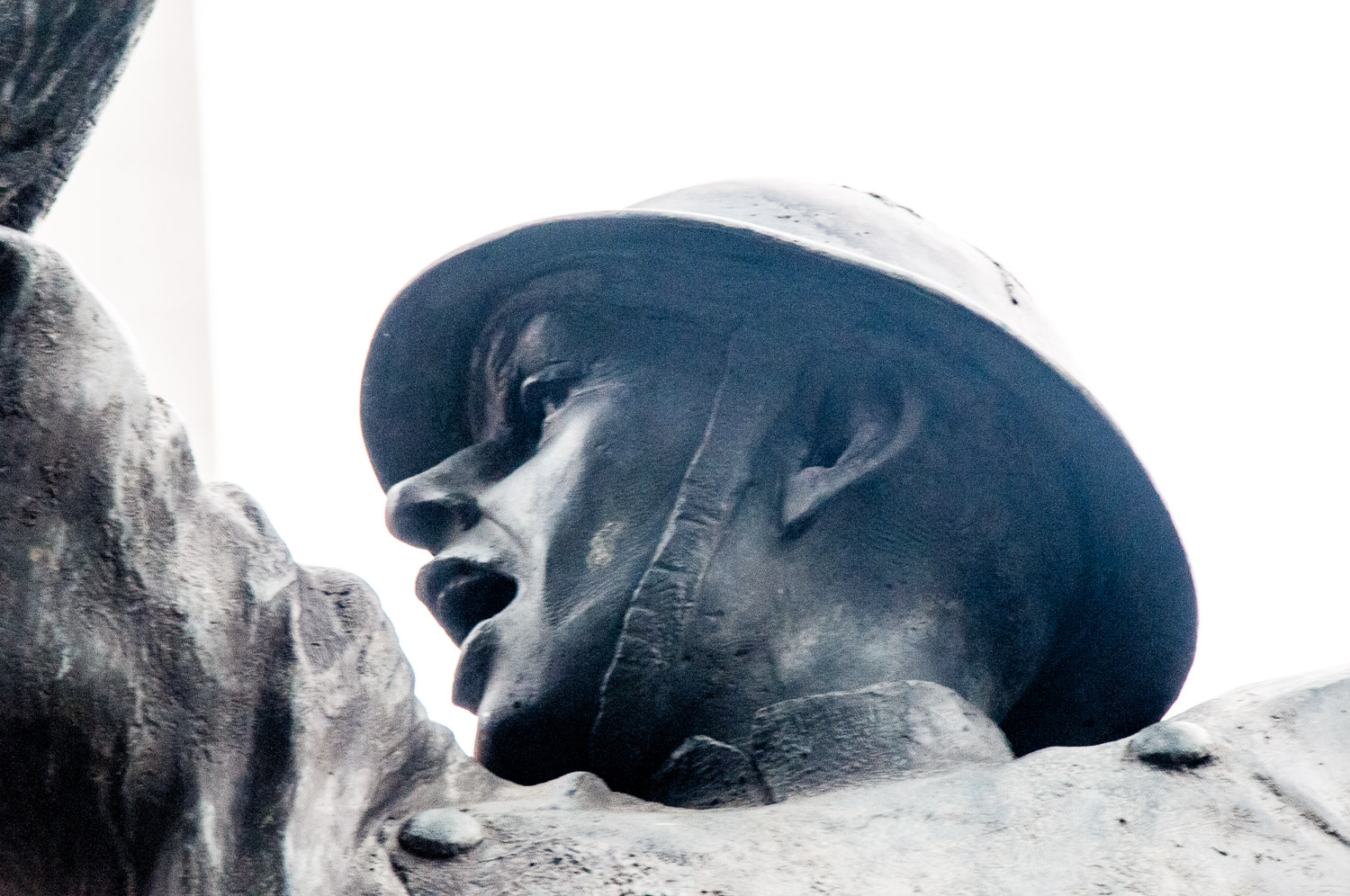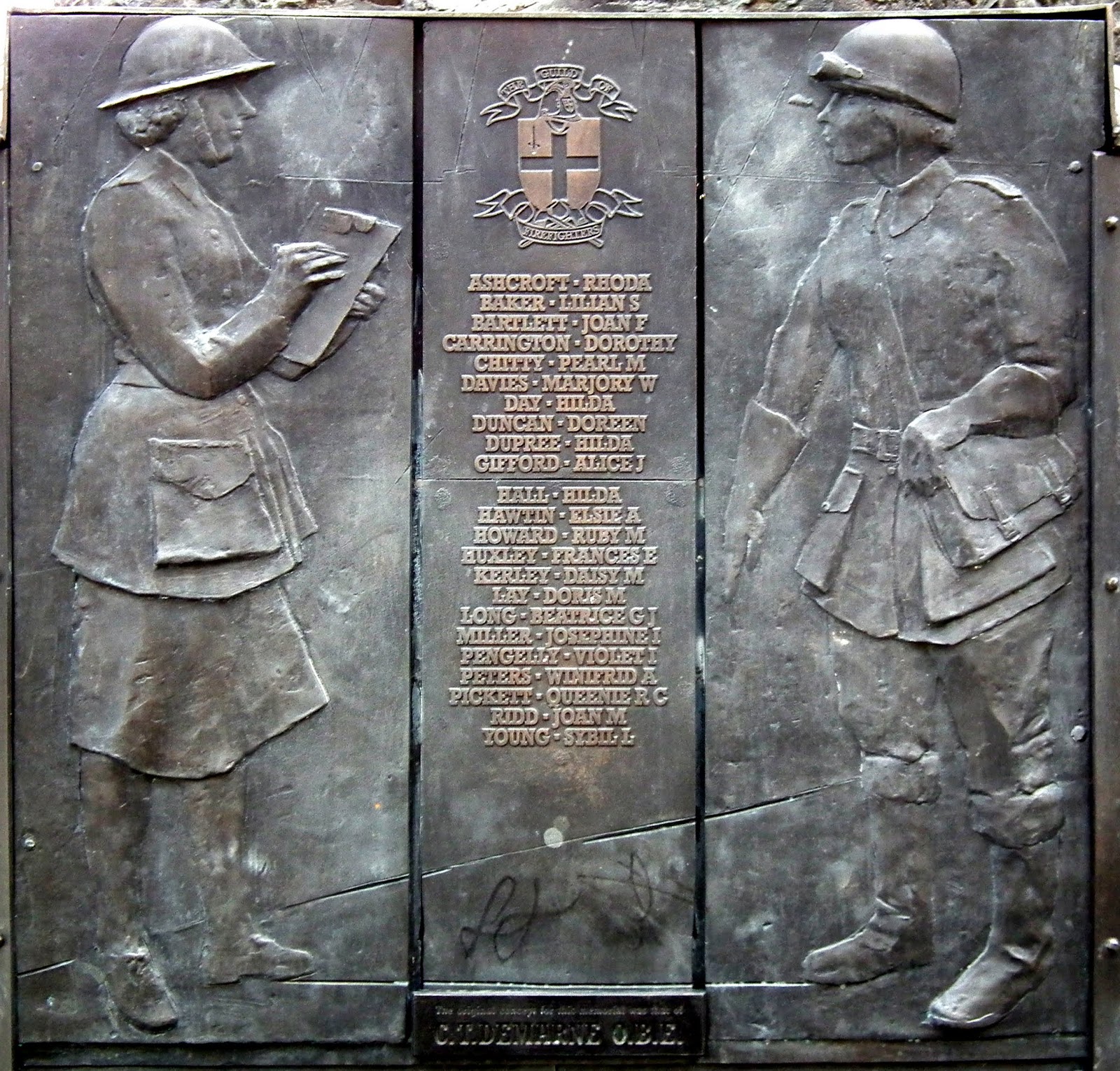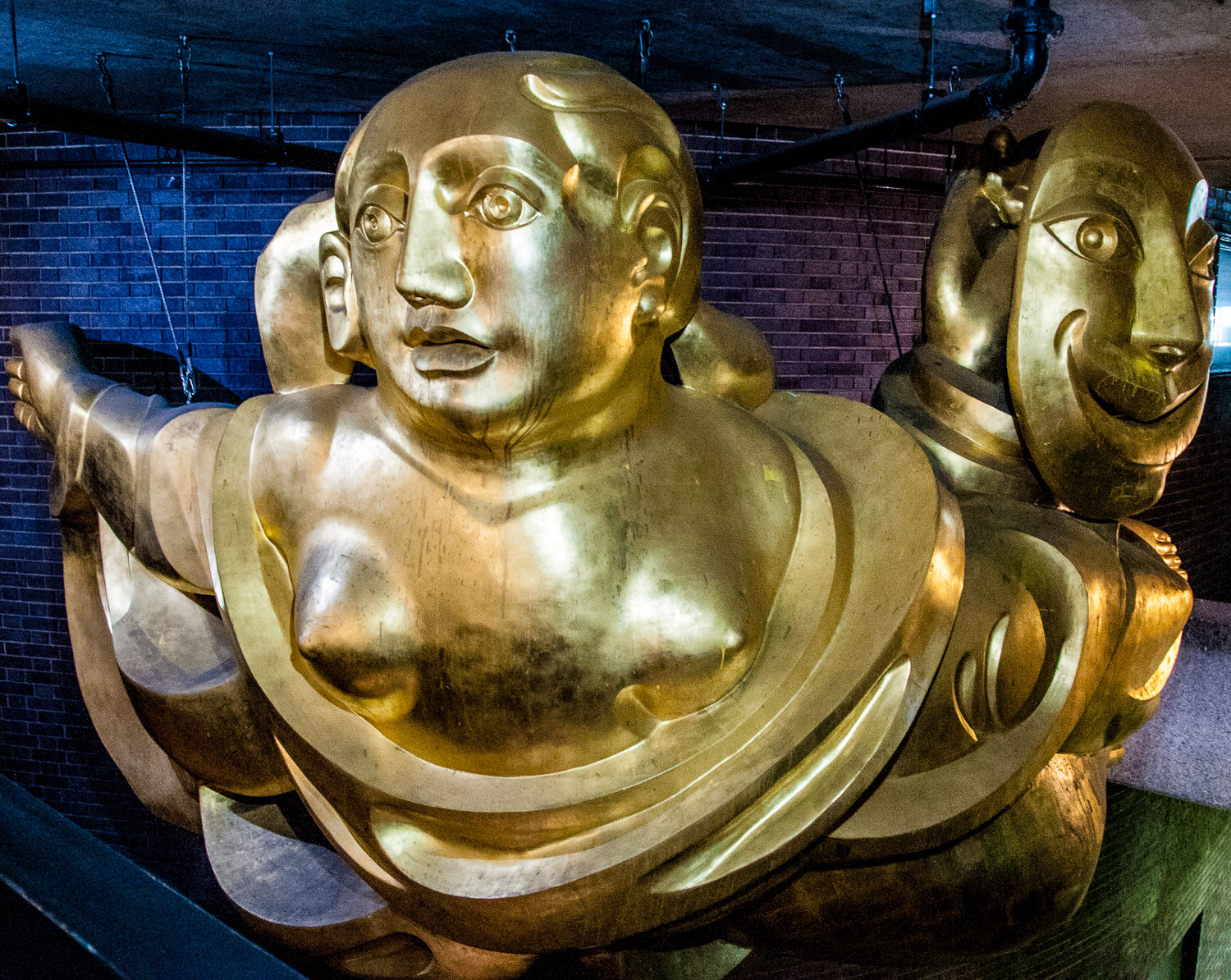A quiet suburb before the Great Fire of 1666, but a key route between the City and Westminster, Fleet Street subsequently developed quickly. As a result, it has a range of associations, from the Knights Templar to the newspaper industry, along with literary folk such as Dr Johnson. What are particularly evocative of the past are its intimate courts, lanes and alleys, particularly to the north.
I have been exploring a selection of them.
I have chosen Wine Office Court to begin with because it is home to the Ye Olde Cheshire Cheese pub, Ye Olde being an accurate description in this case since the pub dates from 1667. It also lives up to expectations inside, being spread over four floors with numerous nooks and crannies.
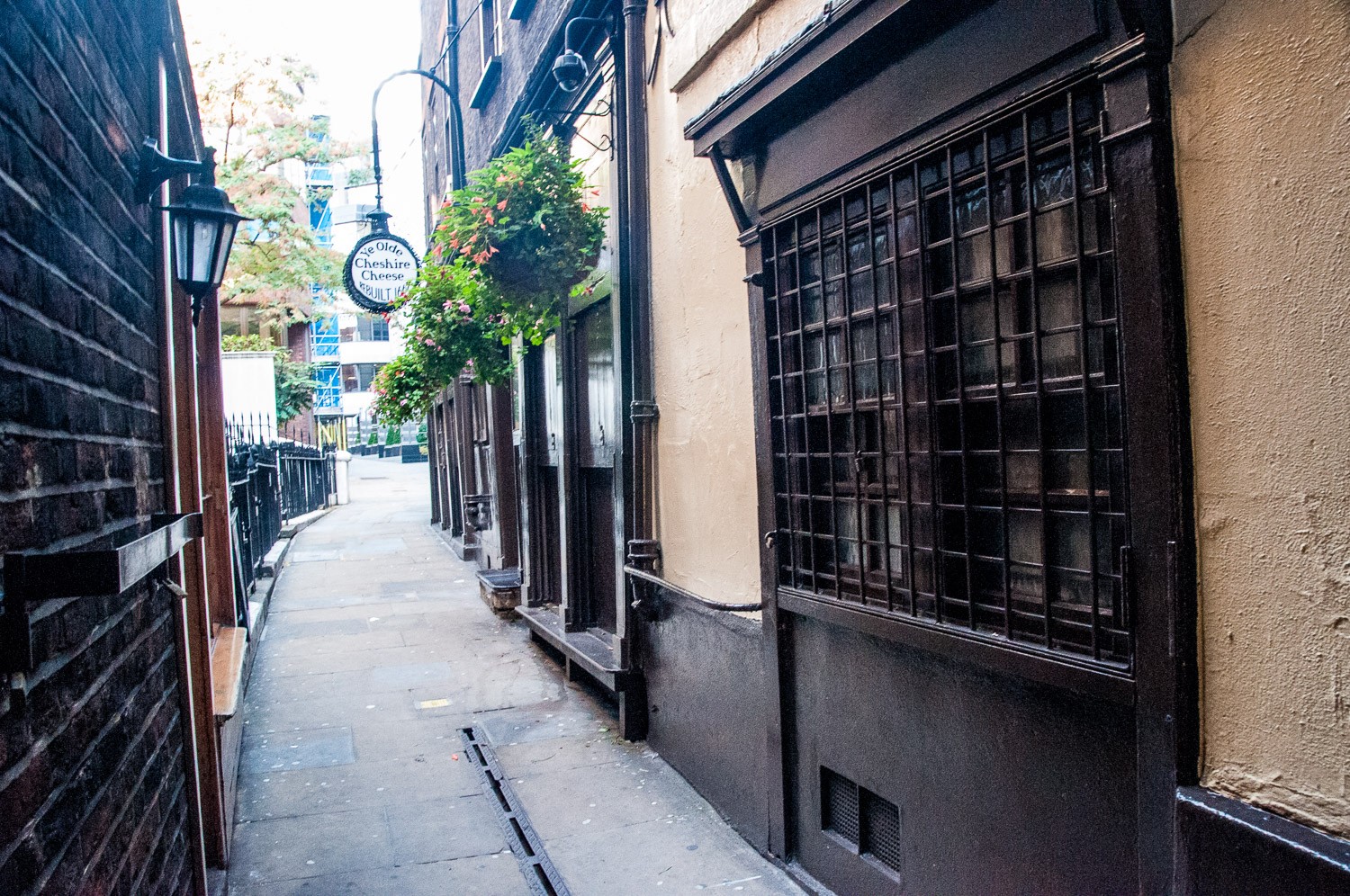
Looking north.
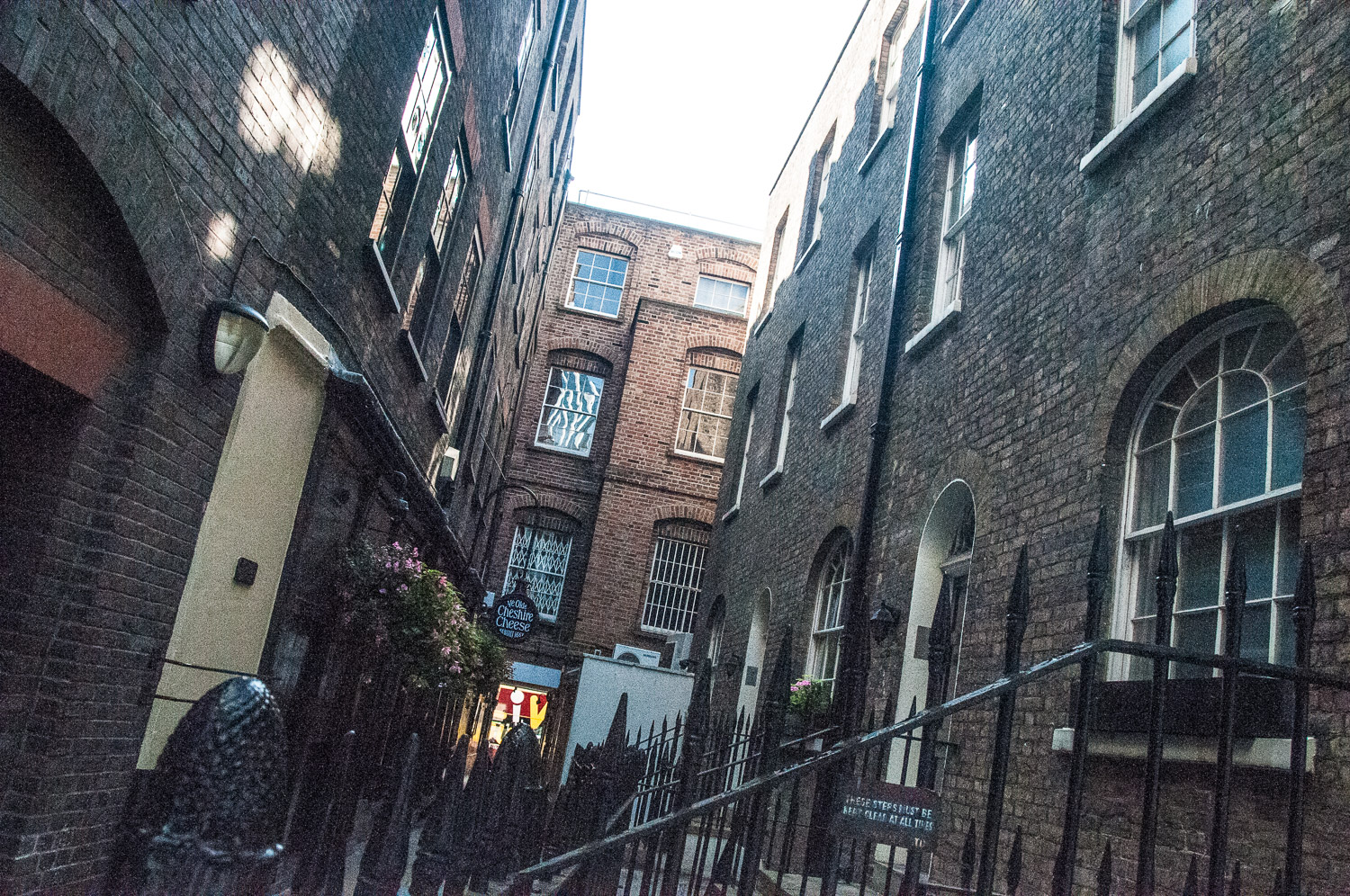
Looking south towards Fleet Street.
The pub cellar bars were once part of the Carmelite monastery, and look it …
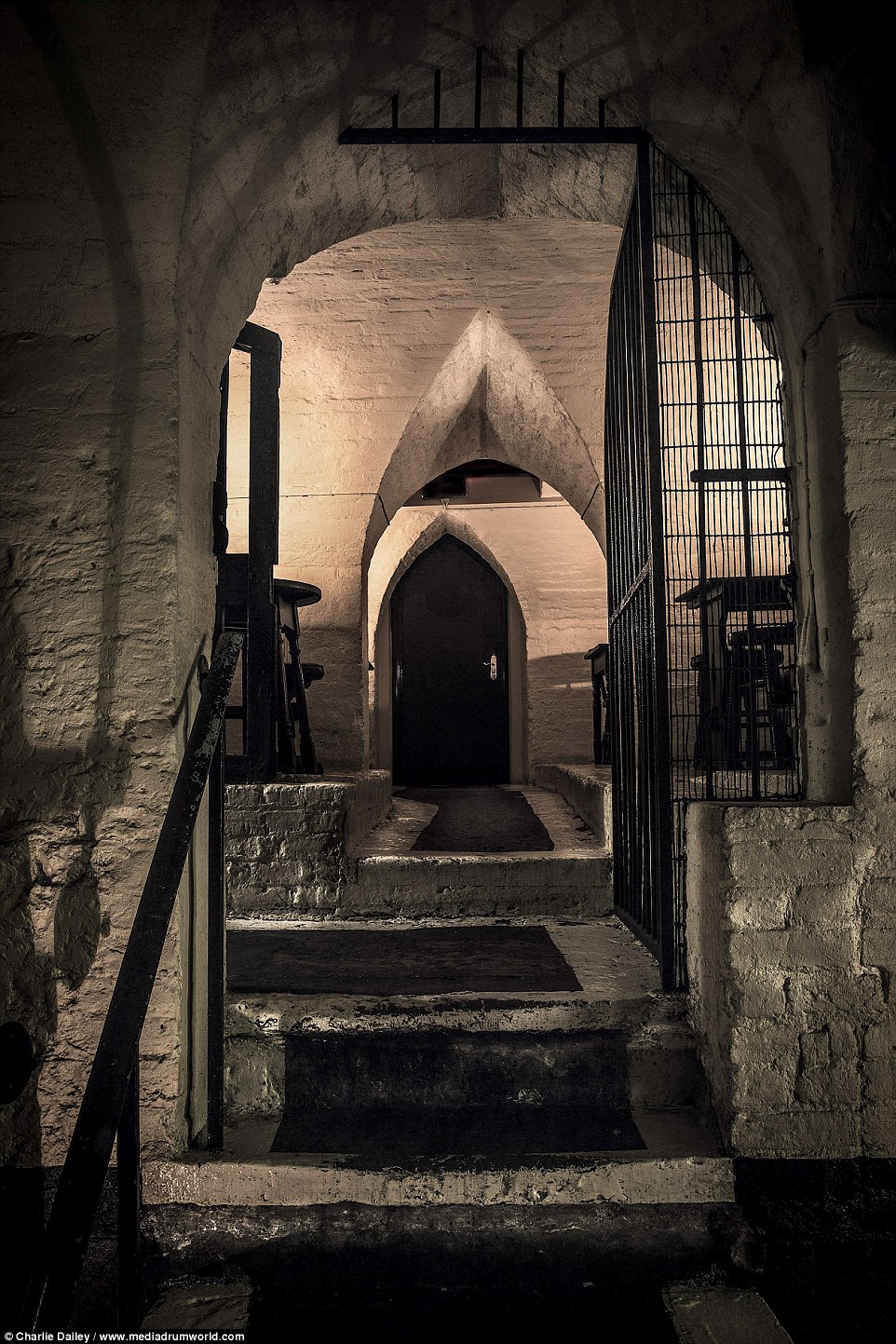
Licenses to sell wine were issued from a building there, hence the ‘Wine Office’ name. Oliver Goldsmith, the Irish novelist, playwright and poet, lived at number 6 and enjoyed a drink at ‘The Cheese’ along with Johnson, Dickens, Carlyle, Teddy Roosevelt and me.
A fire at the pub in 1962 revealed some very naughty 18th century fireplace tiles. The are now in safe keeping at the Museum of London and are so naughty that I can only find a picture of one of them – a lady spanking a man’s bottom with a bunch of twigs. I wonder what the rest are like …
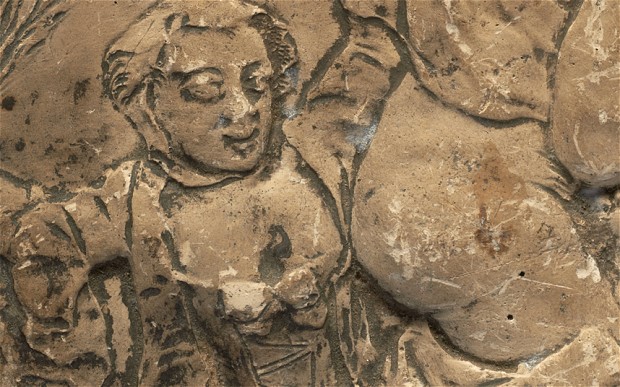
The plaque on the pavement at the Fleet Street entrance references the periodical All the Year Round which was founded by Dickens and published between 1859 and 1895 …
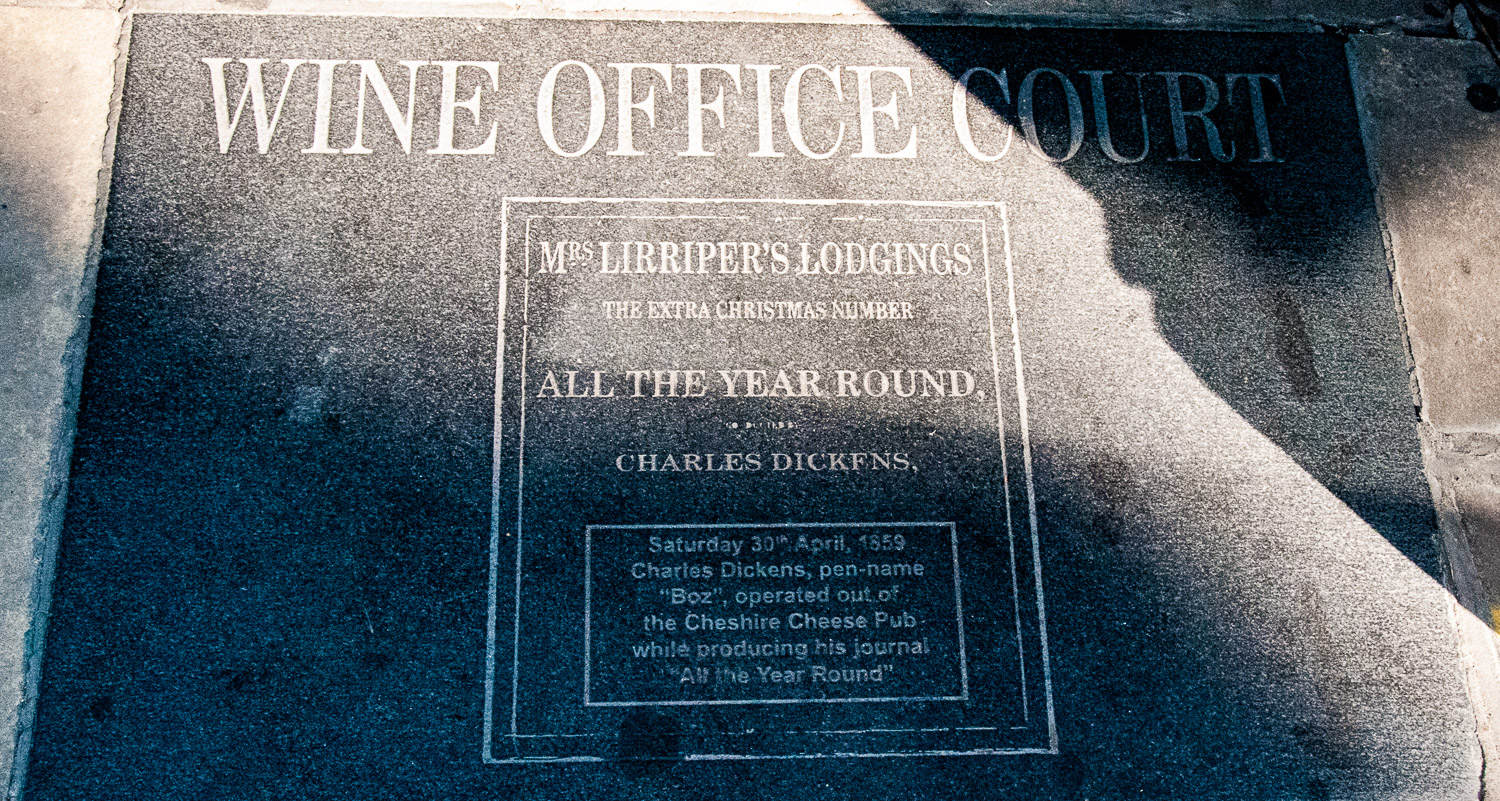
Here is the plaque for Crane Court …
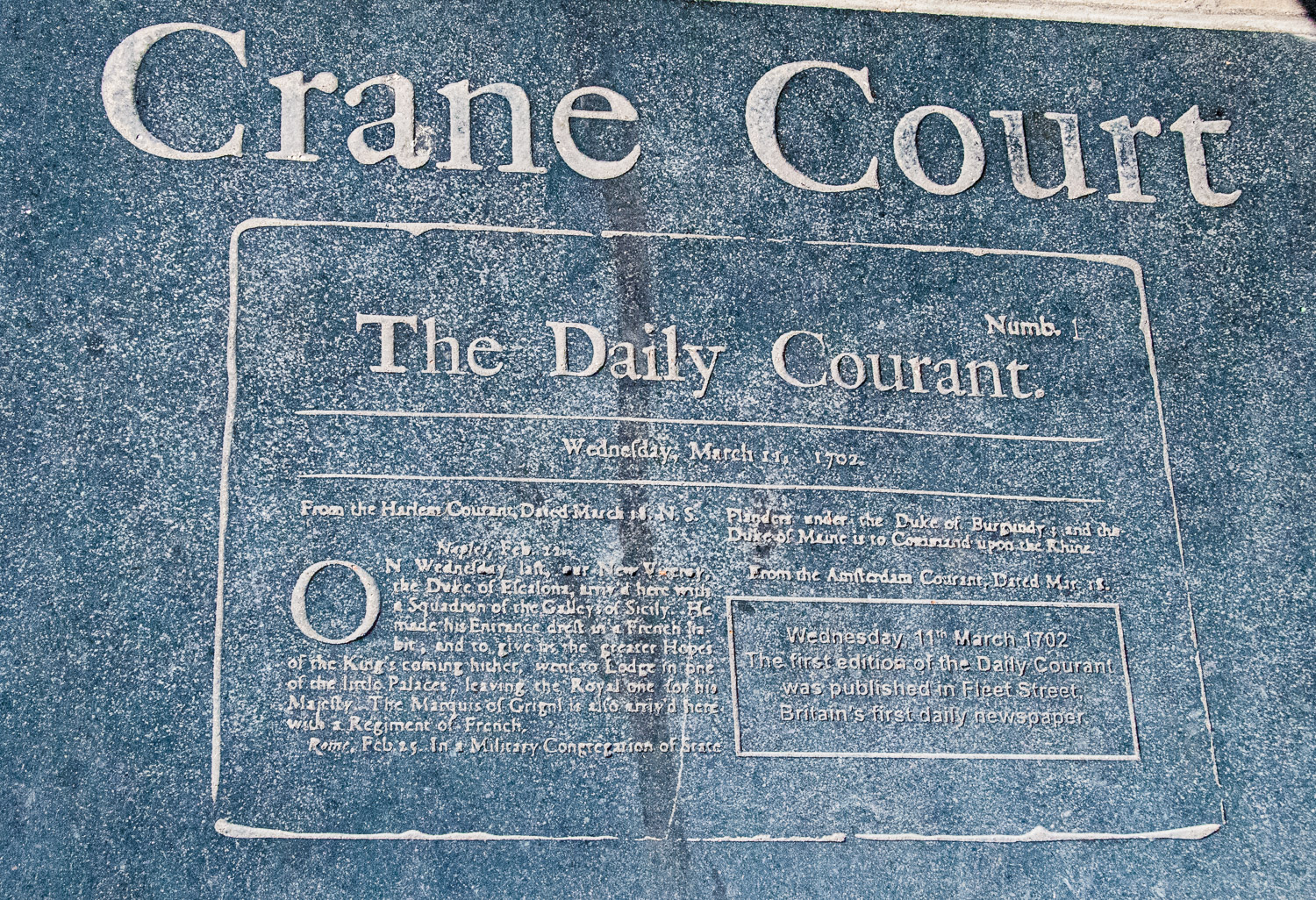
The plaque here is arguably the most significant because it commemorates the Daily Courant and its edition of 11 March 1702 made it the first daily paper in Britain. Here is the first edition – one page with news on the front and advertisements on the reverse …
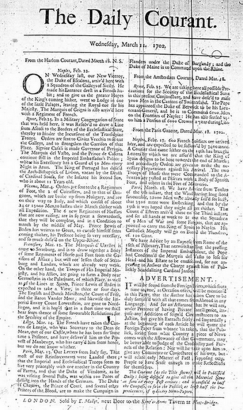 On 14 April 1785 it ran a story about a man murdered after a visit to the barber. Some claim that this was the inspiration behind Victorian penny dreadful Sweeney Todd (allegedly a resident of 183 Fleet St) and the spawning of lots of movies …
On 14 April 1785 it ran a story about a man murdered after a visit to the barber. Some claim that this was the inspiration behind Victorian penny dreadful Sweeney Todd (allegedly a resident of 183 Fleet St) and the spawning of lots of movies …
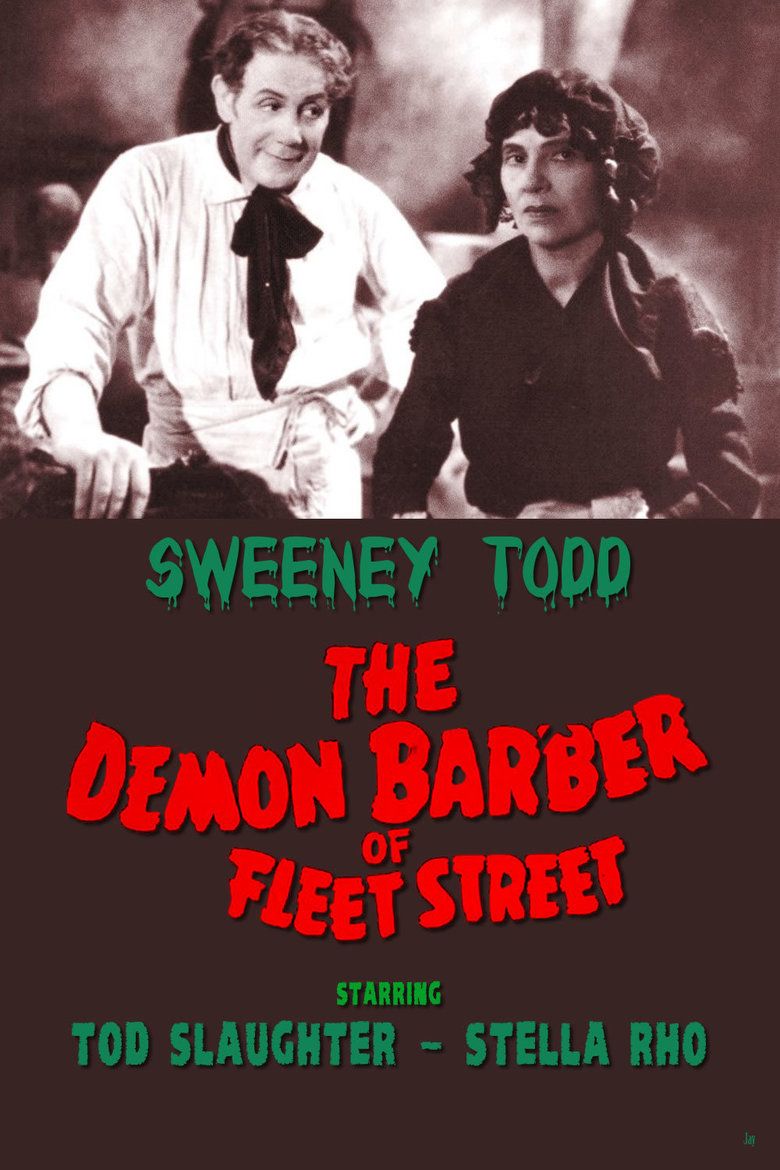
It’s worth taking a walk through Crane Court and seeing how it opens up into an area full of character where development has been careful and restrained …
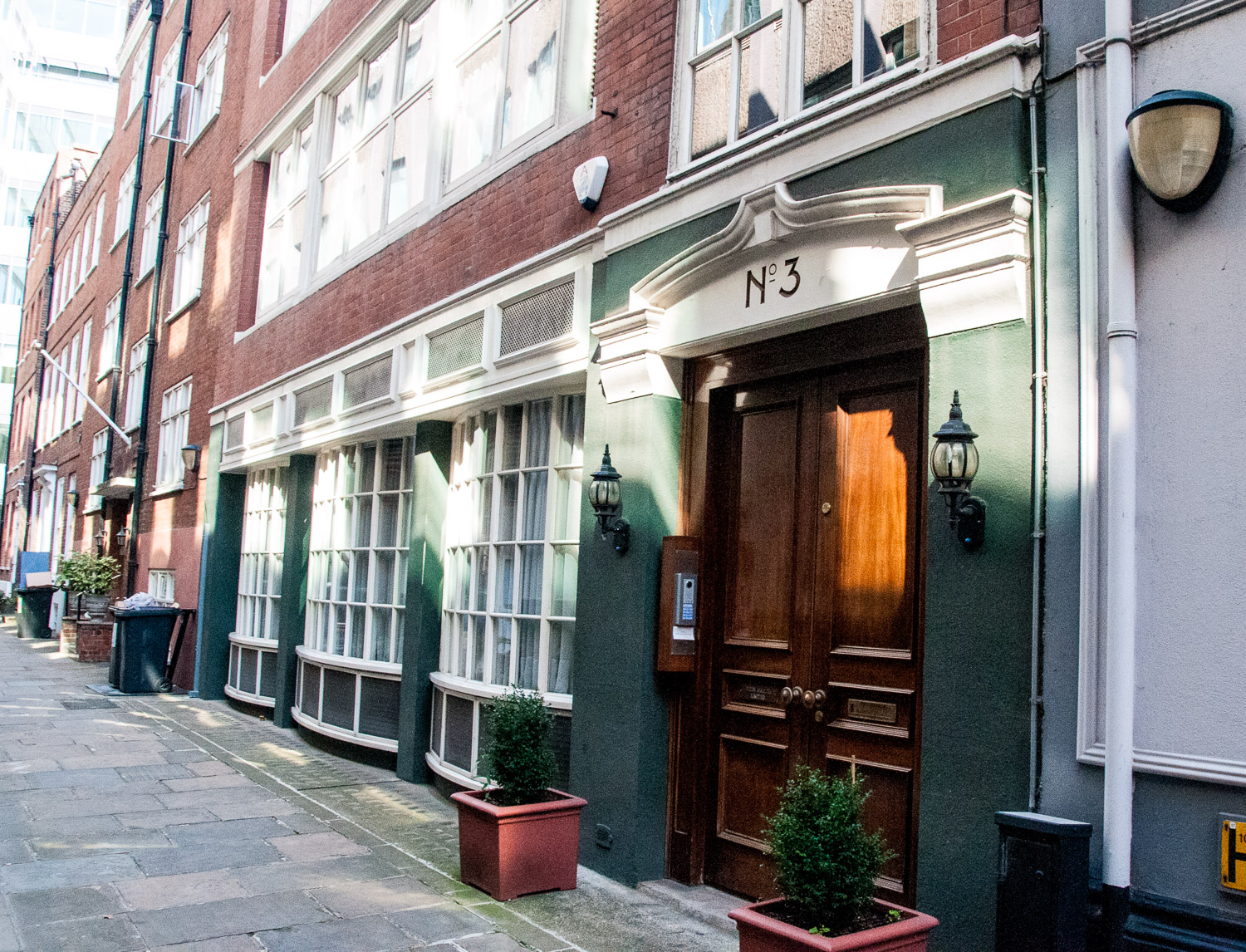
For slightly sinister atmosphere it is hard to beat Clifford’s Inn Passage with this door at the end …
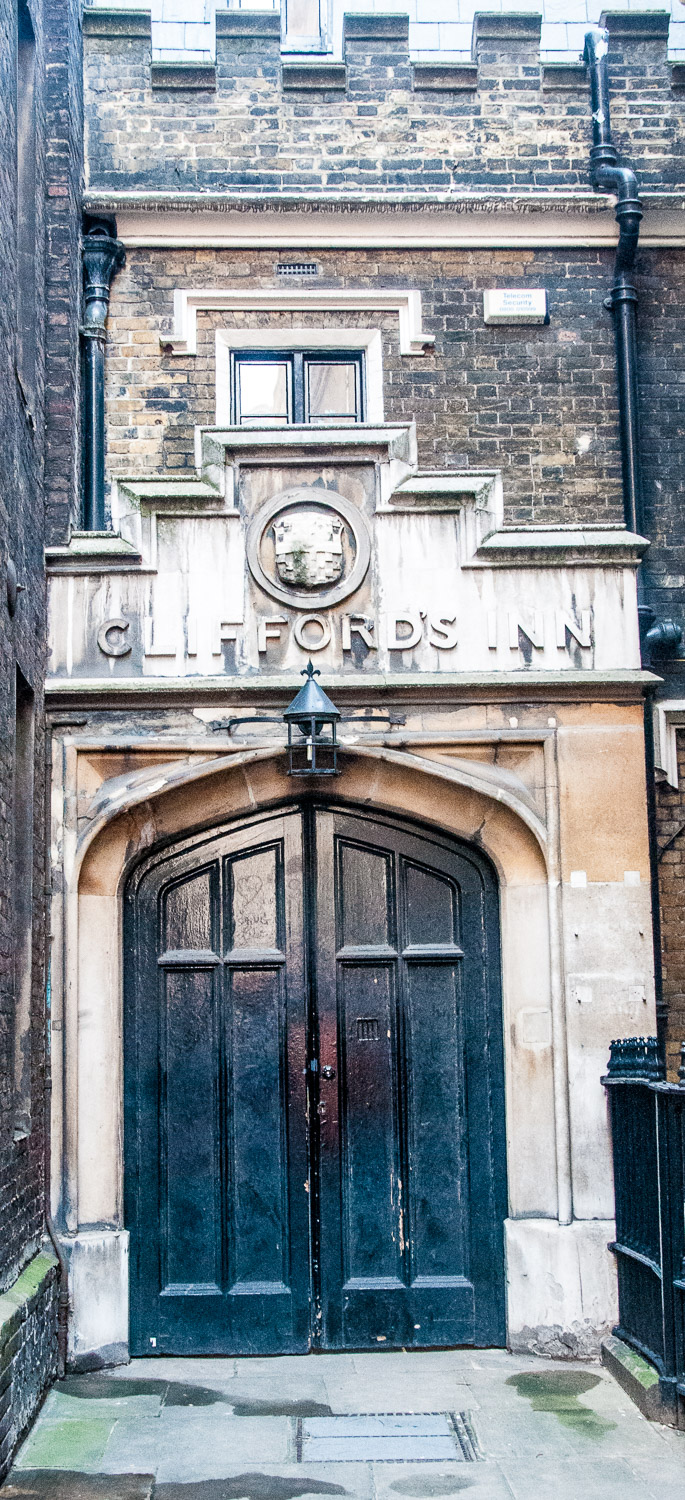
Here is some history, courtesy of the blog Alleys and Courtyards of London …
In 1307 Robert Clifford was granted the lease on a substantial house and a plot of land towards the northern end of the passage. At that time lawyers had not settled into any particular area of London and it was completely by chance that when Clifford died in 1343 his widow leased the house to a number of law students. Clifford’s Inn, or Clifford’s House as it was called, was the first established Inn of Chancery and from this beginning the long history of legal London started. Clifford’s Inn ceased to function as a legal establishment in 1802 and one by one the buildings were demolished.
There are some interesting boundary marks to the left of the door …
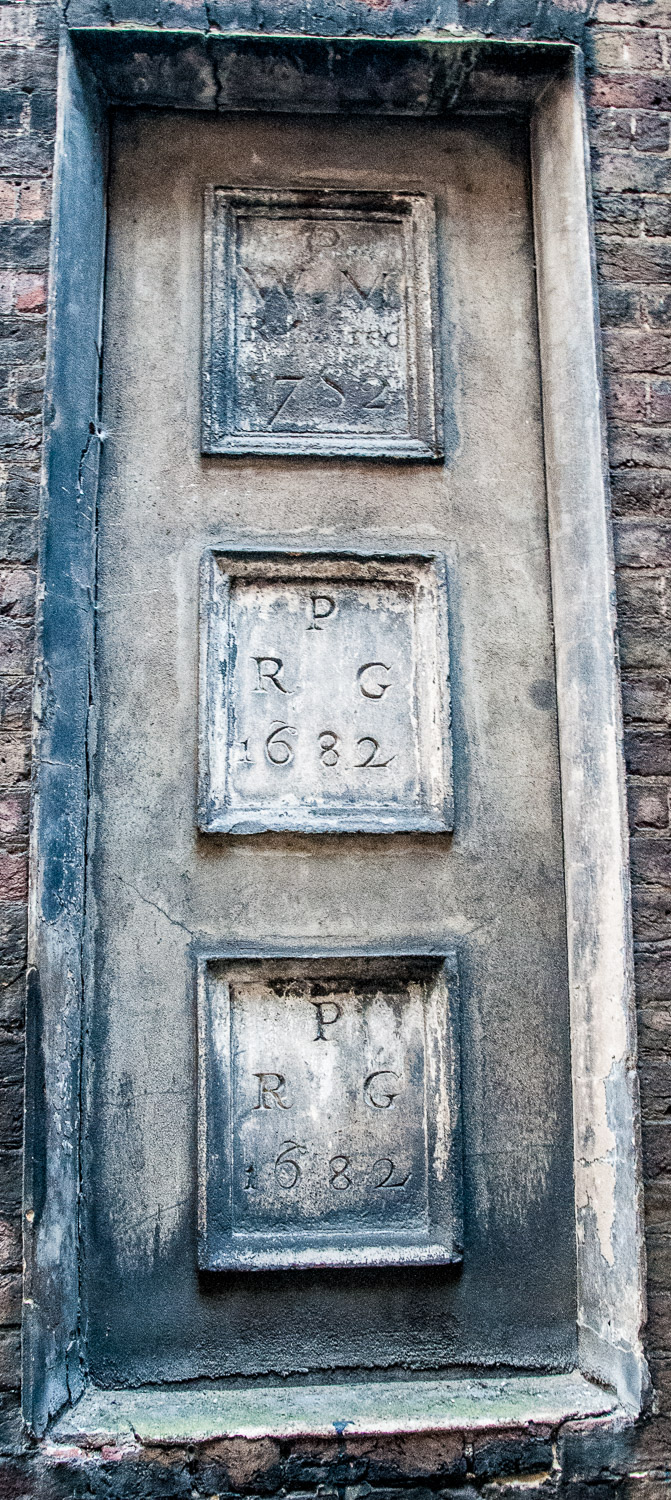
Also in Clifford’s Inn Passage, near the door and also at the entrance, are some rare examples of ‘deflectors’ …
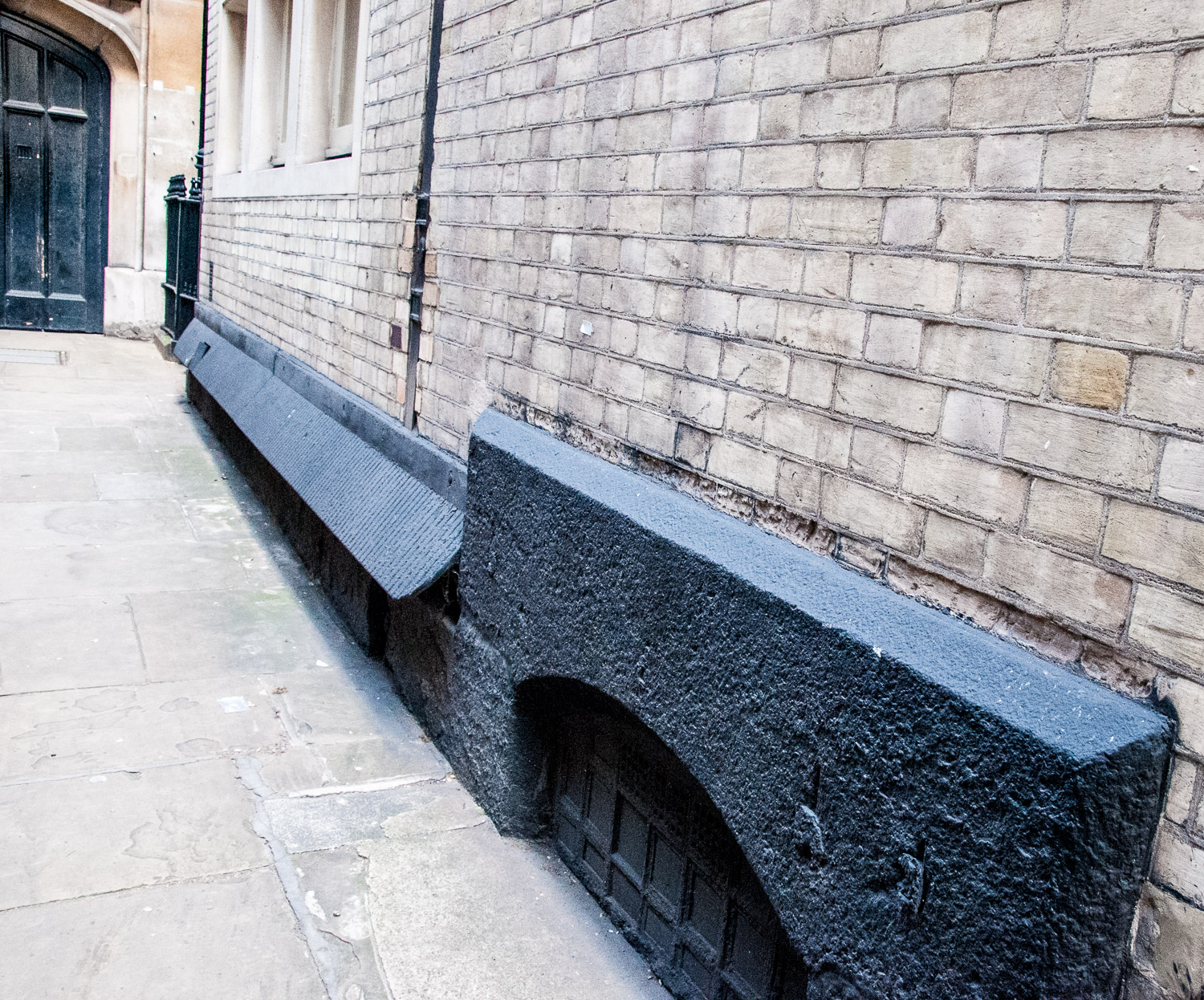
Before public toilets were readily available, men would often slip away down alleys like this to urinate (unfortunately some still do). Building owners fitted these devices so that the stream would be deflected back onto the perpetrators’ feet and act as a deterrent.
There is another one outside the Bank of England in Lothbury …
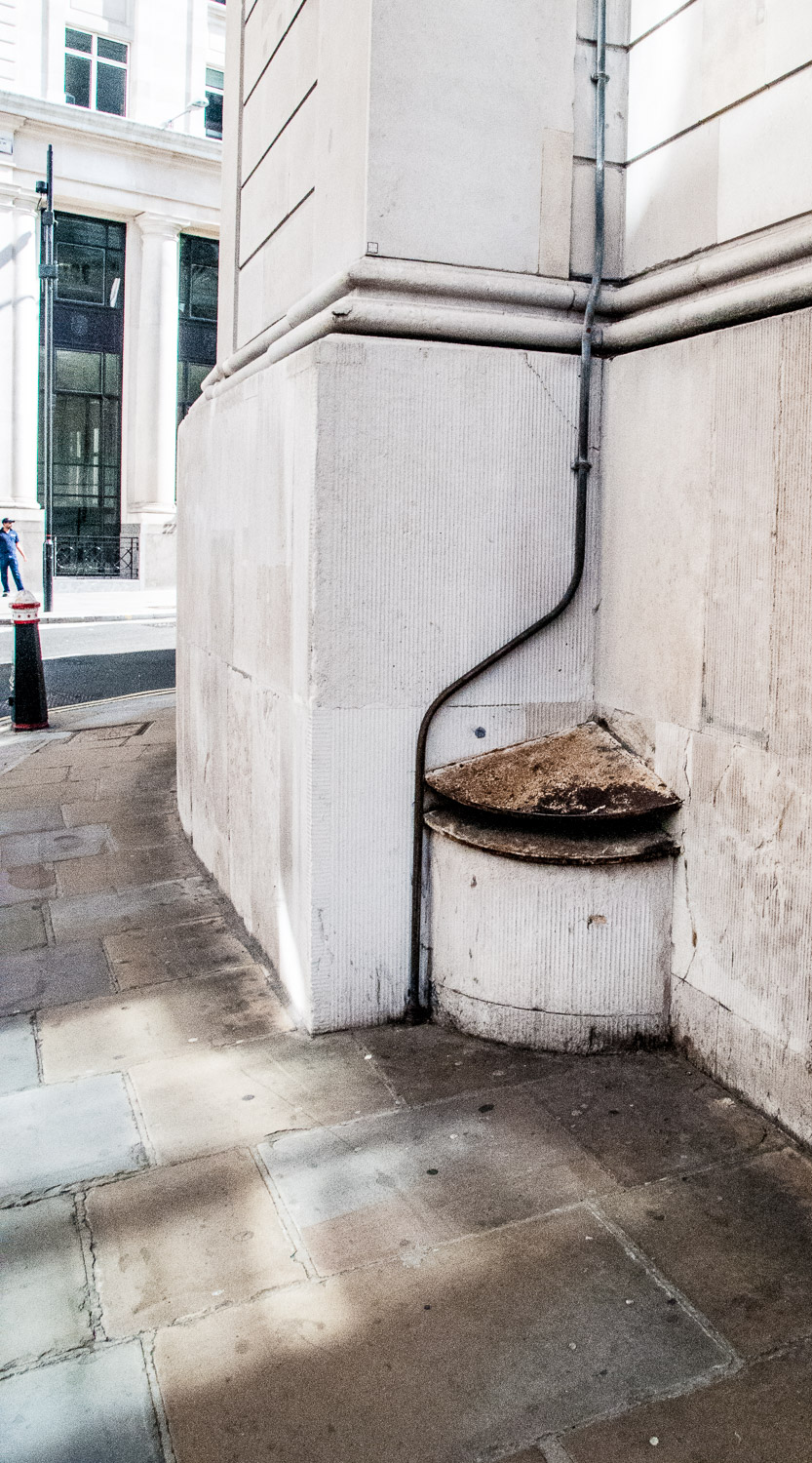
You’ll be relieved to hear that these are the only ones I have found.
